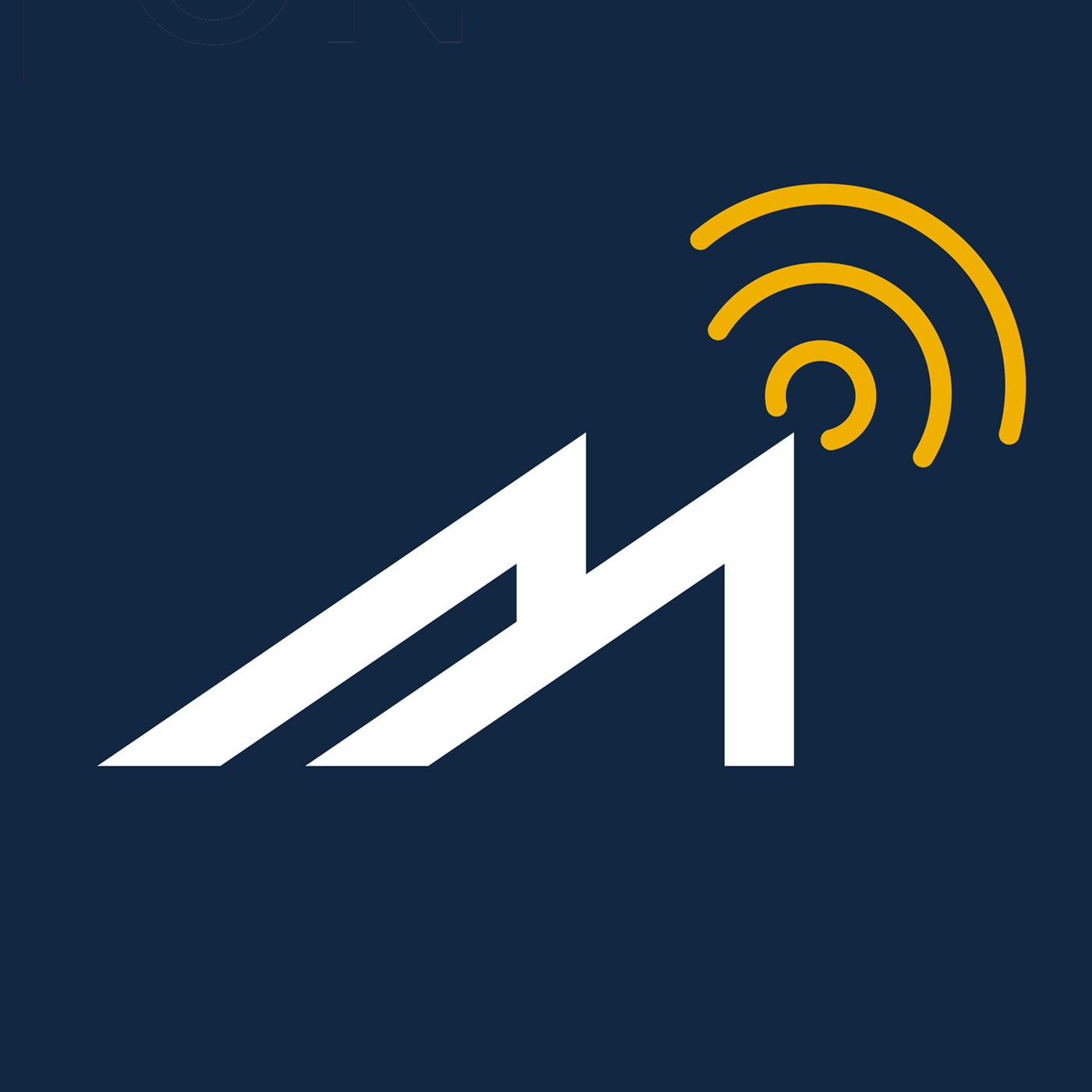671 episodes
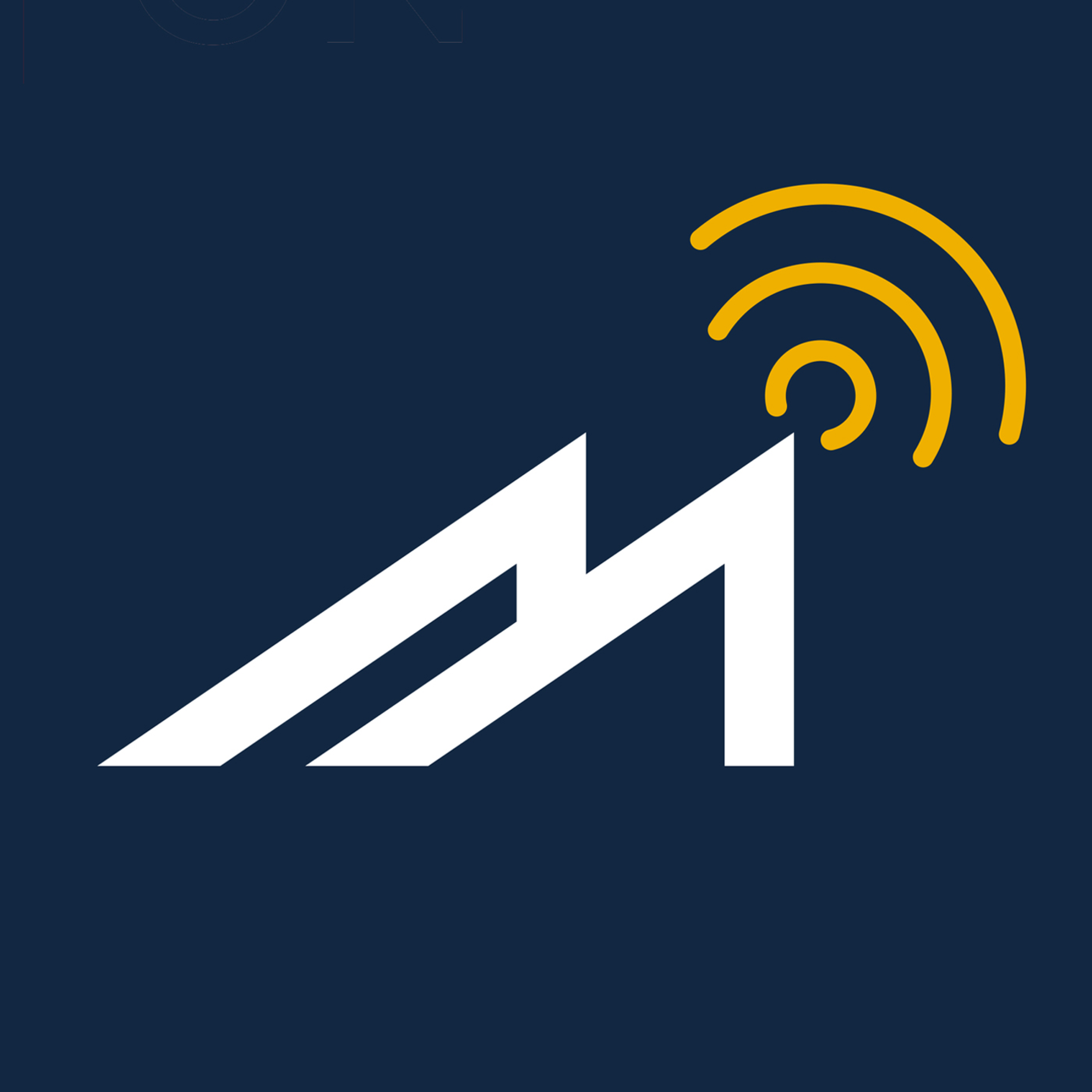

How We Bought and Sold Companies During COVID-19 Without Putting on Pants with David Henderson and Sam Saintonge from XPV Water Partners
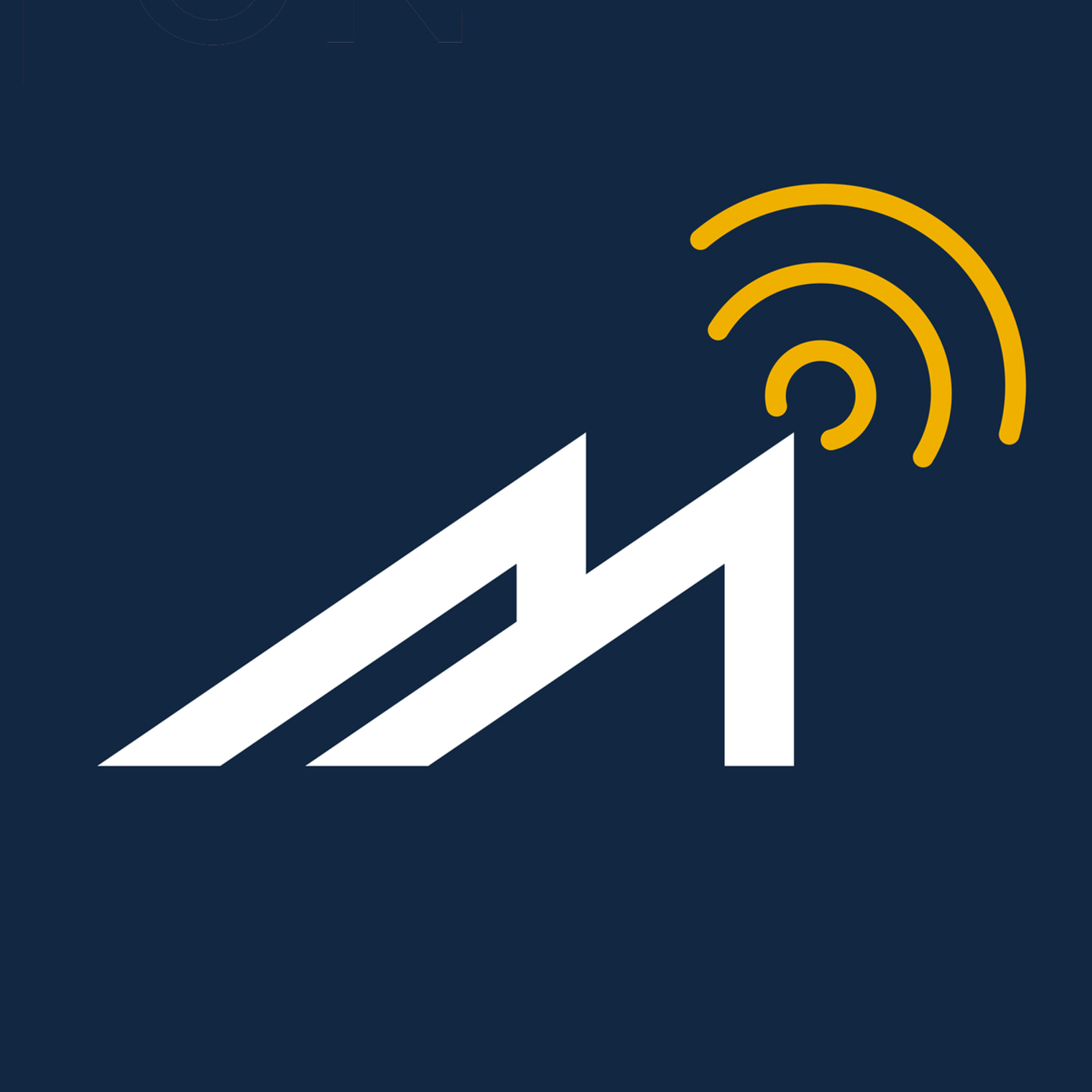

When’s the last time you thought about your IT system? It’s likely you have critical applications that need to run with maximum uptime, but if your system isn’t modernized, it may not serve your needs. Modernizing a system may not be the right decision for everyone, but it’s a choice users of IT systems should consider, especially as technology continues to change. “When you look at [Scalable Process Architecture, or SPARC], you’ve got to try to hit the pause button a moment and really decide what’s your best bet [moving] forward,” McCay https://marketscale.com/industries/contributors/ray-mccay/ aid. “So, you can modernize where you’re at or migrate off to a different platform. What we see available to customers is a choice of what’s the best [plan]. We can modernize the SPARC and create a simpler path forward for conducting today’s businesses and preparing for tomorrow’s business.” COVID-19 sent many clients scrambling, especially some of the government clients that the trio of Fujitsu https://www.fujitsu.com/global/, Oracle https://www.oracle.com/index.html and ViON https://www.vion.com/ have long been working together to assist. That history working together and having so many years hands-on with SPARC and similar platforms is something few other groups are able to replicate. “There is no substitute for experience in doing this. … You can lay out a nice road map and show how those things happen, but to get it done on time, on budget, and at low risk to the customer, experience is the most important thing,” said Bob Netherton, Master Principal Sales Consultant at Oracle.
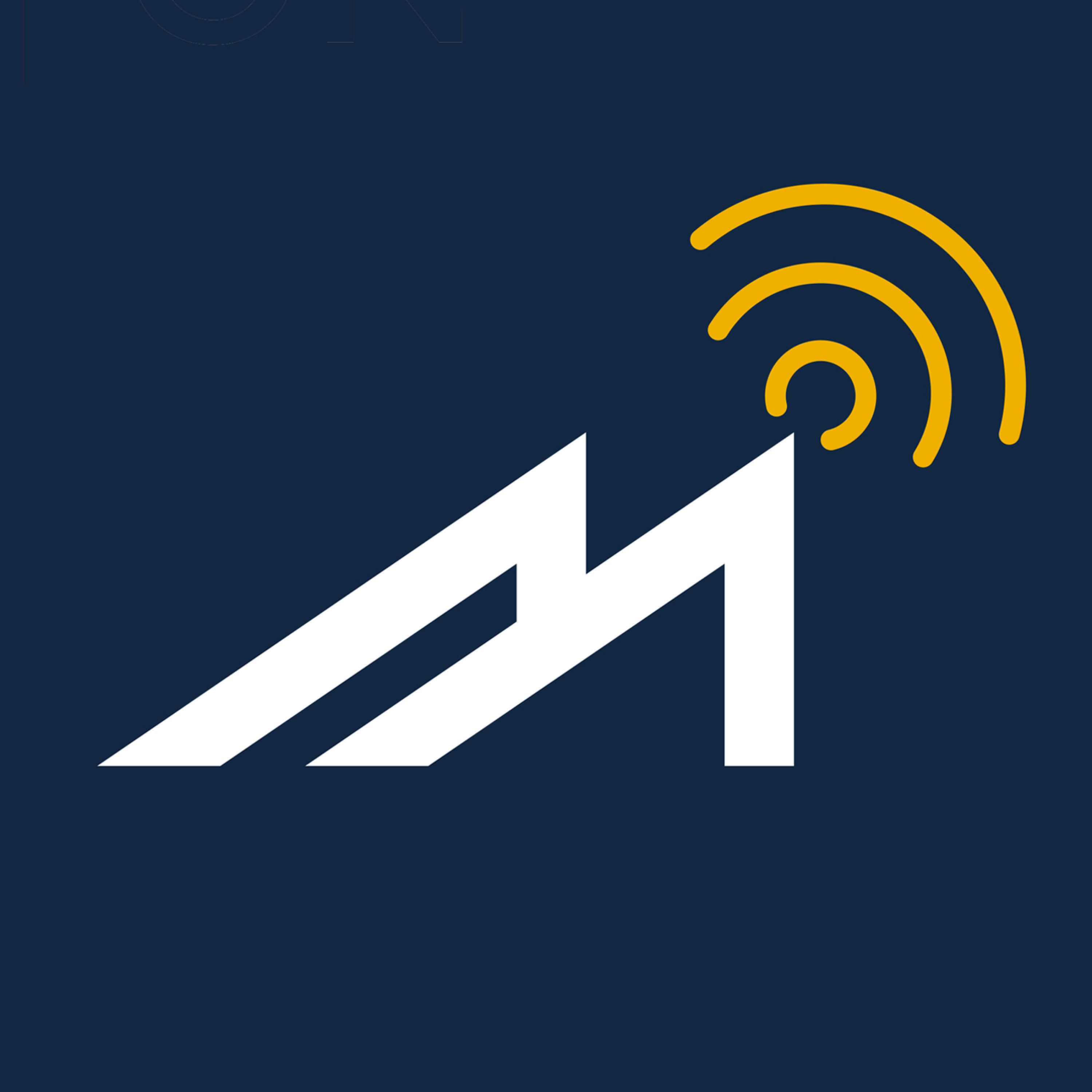

In this episode of the MarketScale Software and Technology podcast, Stenograph https://www.stenograph.com/ Training Program Manager Cindi Lynch https://marketscale.com/industries/contributors/cindi-lynch/ joins host Daniel Litwin for a discussion on how COVID-19 and other factors have asked technology to elevate training across nearly every industry, particularly when the trainees and trainers are forced to engage in remote learning. Stenograph is the leading provider of writers for stenography, a profession that asks a lot of its members in terms of specialized knowledge. That makes Lynch, who’s spent more than three decades training writers, particularly qualified to provide an overview of how the pandemic and more have forced evolution in training. “I’m a second-generation trainer. My mom was a trainer before me,” Lynch said. “I was always her guinea pig, and I learned how to train from her. … I’ve seen the hardware change. I’ve seen the operating systems change, and I’ve seen the people change tremendously over time.” However, Lynch said the methods of training stayed the same for many years, with human trainers heading out to customers to train them in person on the software and more. This transitioned into in-person classes, then, a dozen or so years ago, to forms of remote and digital learning. The search for training efficiencies in terms of time and cost are made more complicated by the fact that many stenographers need specialized, particular knowledge. Now, further accelerated by COVID-19, training options in stenography and elsewhere have been forced to evolve further. “When COVID hit, we were already providing a combination of in-person and remote training,” Lynch said. “Suddenly, we had to offer training not only on our own products, but also on web-conferencing applications. … We had to learn how their jobs were evolving, as well as how our own were evolving. “All in-person conferences ended. … So, what we had to do was participate in virtual conferences and create our own series of webinars.”
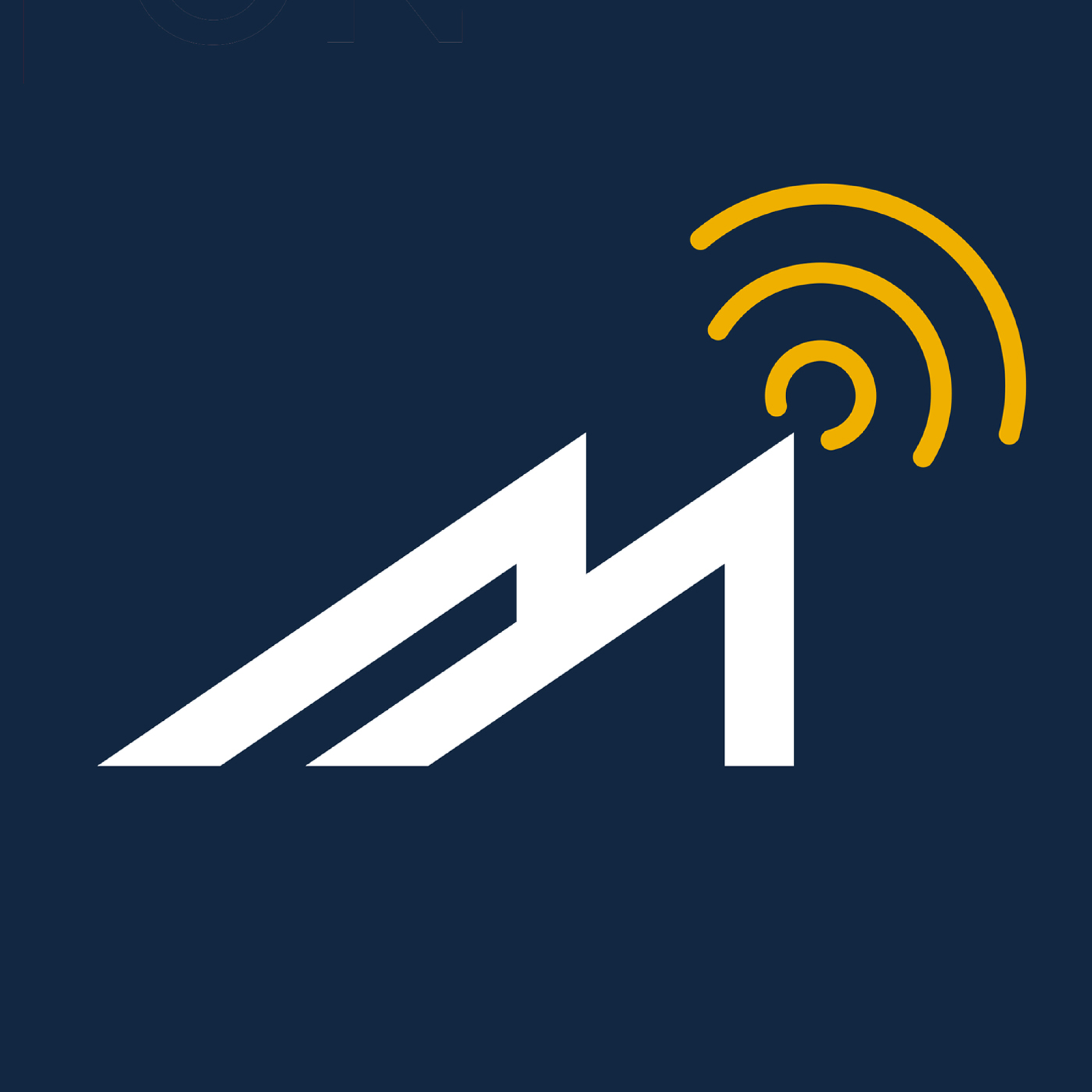

Companies that want a seamless look for their lobby video communication screens have begun turning more and more to LED applications. Ryan Wilhelm, Regional Sales Manager for Unilumin, and Frank Milesky, Southeast Area Director for Cenero, joined The Direct View to talk more about the LED solutions taking place in today's corporate lobbies. “Four to six years ago, we started to see a trend where LED started to take over,” Wilhelm said. “Because they could customize these lobbies to make them more current, but they could also make them as long as they wanted, as high as they wanted, and the content is infinite.” The experience for visitors to these lobbies is increasing with the interactive nature of today’s LED technology. “The real estate in lobbies began to be re-imagined with the increase of flexibility and customization with LED,” Milesky said. “We’ve seen less custom artwork, fewer fountains and fewer TVs and more of these custom pieces of LED art.” Milesky stressed the importance of getting LED solution ideas into the hands of the people designing these spaces, so that the solutions work in harmony with the company's goals and costs involved are understood and budgeted. “As you’re working with a building team early on in the stages, you can talk at a square foot level of what an LED solution might cost in a good, better, best scenario,” Milesky said.


Ryan Wilhelm https://marketscale.com/industries/contributors/ryan-wilhelm/, Regional Sales Manager at Unilumin https://www.unilumin-usa.com/, offered a preview of exciting things to come. He helped host Tyler Kern kick off the first episode of The Direct View Podcast. “This podcast is going to be extremely educational,” Wilhelm said. “LED is not just a transactional sale anymore. These are completely customized, designed and engineered solutions for a multitude of settings.” Through this podcast, audiences will learn the many uses and applications of today's LED technology. What excites Wilhelm most about the Direct View podcast? “That people are going to have the opportunity to learn different aspects of this business,” Wilhelm said. He looks forward to taking deep dives into LED projects and discussing facets such as financing and interactivity. “I think this podcast can help AV integrators when designing these projects and the end-user, as well,” he said.
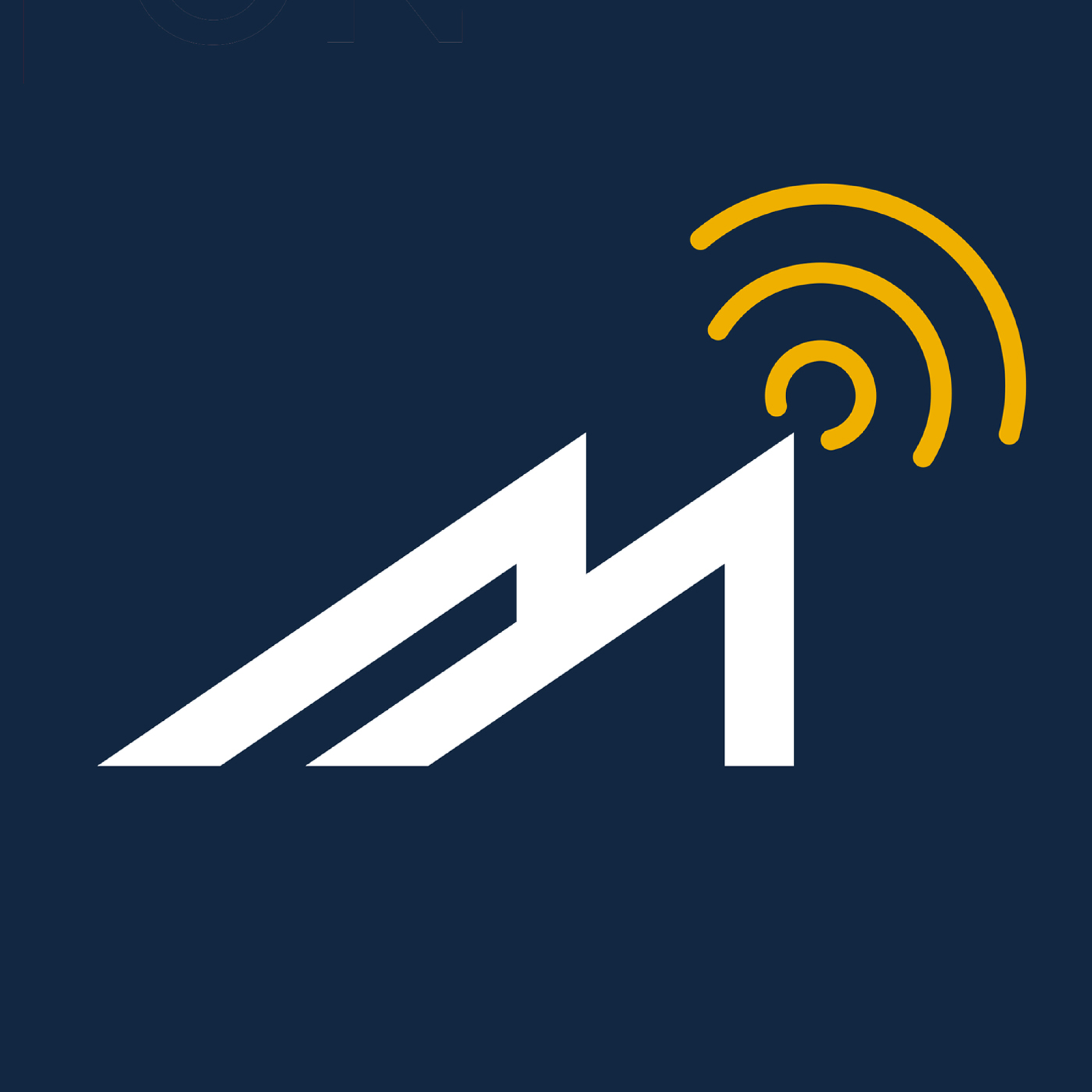

A tour of the facilities to entice the top recruit used to be the purview of college basketball and football, but universities are increasingly using esports to woo students to their campus. It’s just the latest sign of an industry that is growing rapidly, something that even the unprecedented situation surrounding the COVID-19 pandemic hasn’t been able to slow down thanks to the built-in ability to operate remotely. But the esports arenas being built across the country aren’t going to sit vacant forever. As the COVID-19 pandemic draws to a close, the demand for esports events won’t dip, and crowds will once again come see their favorite Fortnite https://www.epicgames.com/fortnite/en-US/home, League of Legends https://na.leagueoflegends.com/en-us/ or Overwatch https://playoverwatch.com/en-us/ players in person. Not only do venues need a beautiful screen to display the action, said Jeff Volk https://marketscale.com/industries/contributors/jeff-volk/, Vice President of Alpha Video http://www.alphavideo.com/, they also can use the same technology to give attendees a full experience and maximize sponsor exposure. “As we shift back into using venues and facilities, a lot of our clients are looking to install large-format video screens to be able to host watch parties and various different marketing and promotional events that have their sponsors, their team and their brand,” Volk said. Some universities, esports arenas and other venues may look at projection options rather than going with LED, but Miles Dean https://marketscale.com/industries/contributors/miles-dean/, Business Development Manager, Sports & Entertainment at Unilumin USA https://www.unilumin-usa.com/, said that may be a shortsighted approach. “That cost is going to be very comparable to the projected on a five-year term, and, with LED, you have much more flexibility, a large color gamut, greyscale, white scale, blacks, all solid colors,” Dean said. “That’s what’s key and important, because a lot of these organizations, when they want a display, they want it to look nice. “They want Coke red to look red, they want Facebook blue to look Facebook blue. That’s the important thing – LED can give you that large color gamut as a performance standard.” With esports looking to be in it for the long haul, a decision made with a stronger vision in mind might be the way for institutions to brighten their futures.
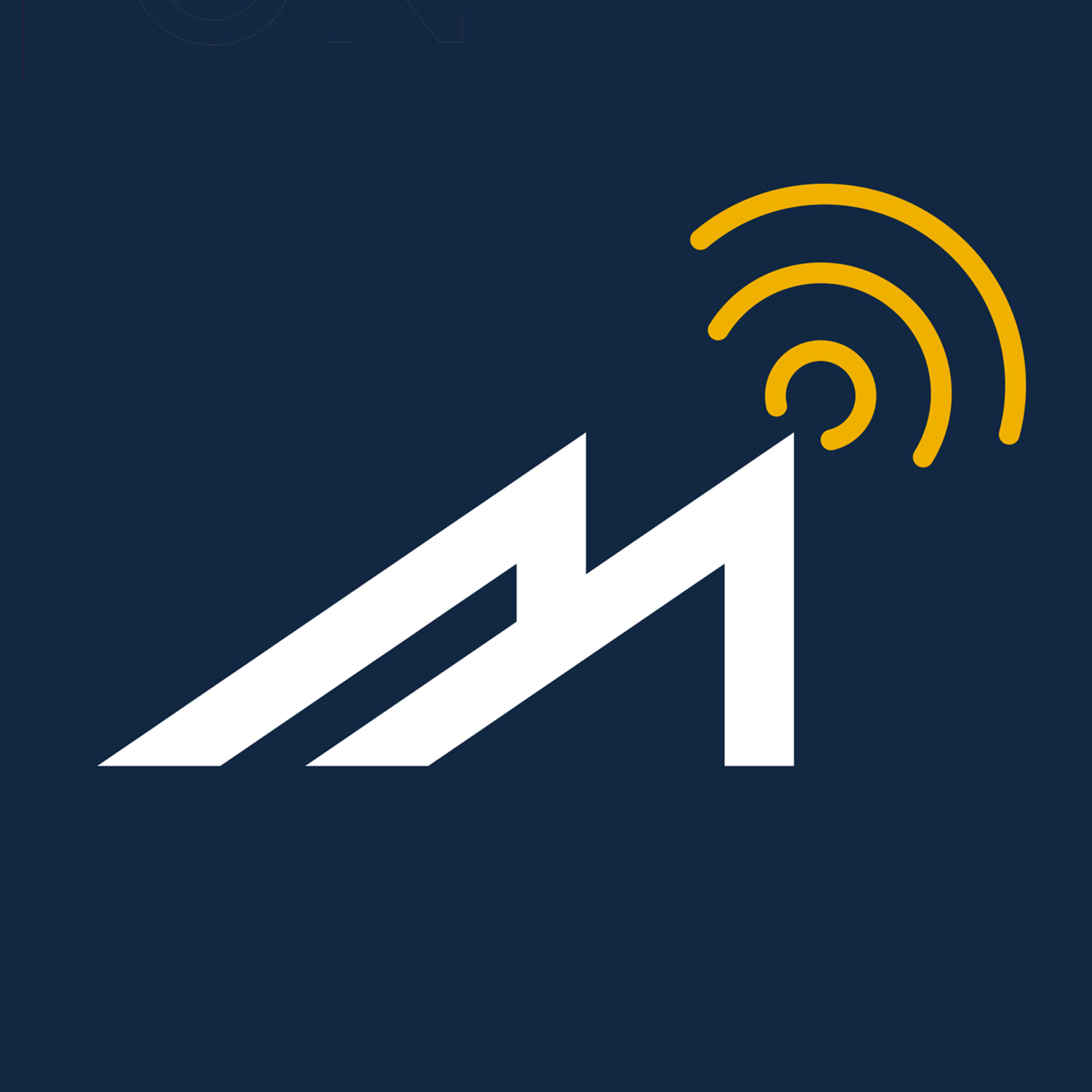

In recent years, going to a drive-in movie has been a quaint, fun night out for many Americans. The coronavirus pandemic and the need for social distancing has turned drive-in events from nostalgia to a necessity. Many organizations have brought the drive-in back into vogue, hosting movie night or concerts that allow families to get out of the house and do something together without the risks that now come with a cinema or sports stadium. Miles Dean https://marketscale.com/industries/contributors/miles-dean/, Business Development Manager, Sports & Entertainment of Unilumin USA https://www.unilumin-usa.com/, said it's an innovative solution to the challenges currently facing the entertainment industry. “How are we going to engage with people from an interactive perspective and still keep them safe? This is one way to engage with your people if you have a large parking lot or a large area and still want to keep people safe, a lot of times it’s a bar and they post this nice, large screen, they bring in food trucks, so they’re supporting other local businesses in the area,” Dean said. Luckily, we’re not still relying on the same technology the past generations were to see their newsreels and films. With LED screens, entertainment companies can think of putting on events during the day, Dean said, and know the audience will still be able to see the programming and messages being displayed. “Most of these applications are outdoors, so you’re definitely going to want something that’s IP65 rated which can stand sun rays, dust, weather elements that just happen to go along with something like this,” he said. “You definitely want something that’s going to be bright, that can really pop so you can put it up during the day time. “A lot of these older drive-in theaters are still using projection so they have to have low lighting or the sun has to set so they can put on the movie and have everybody see it. With the LED you don’t have that time restriction. You can have that sucker pop nice, vibrant and have great colors and everything else midday.”


Shaun Roos https://marketscale.com/industries/contributors/shaun-roos/, Western Regional Sales Manager, Unilumin USA https://www.unilumin-usa.com/, dropped by the Direct View podcast to share his insider knowledge on various considerations when determining LED needs and requirements. As someone who works on the manufacturer’s side of the AV industry, a significant part of Roos’s job is educating the client, whether it’s a dealer, integrator, end-user, or consultant, and providing them with all of the information necessary to make a sound decision. And that includes helping them understand all of the various terms and jargon that surround LED solutions. “When considering purchasing direct-view LED, pricing seems to be on the forefront of everyone’s mind,” Roos said. “But I urge people not to make that their sole reason for purchase. When buying LED, you need to look at many things. What type of warranty does the LED manufacturer provide, and how long does it go for?” And what type of product support does a manufacturer provide? Amid a pandemic, knowing the onsite support capabilities is of vital importance. How close is someone going to need to view the LED display? Will it be placed indoors or outdoors? These are considerations that matter in terms of what type of LED needs to be purchased, and it is why companies such as Unilumin provide experts like Roos to assist clients with their purchasing decisions. Another factor that Roos said businesses need to consider but don’t always think about as the first thing when making LED purchases is tariffs. Currently, Unilumin does not incur any duties on their LEDs, but some manufactures may. With all the LED variables at play, Roos said, “knowing what someone is looking for, the vision of their application, and communicating that information to us [is] going to help us educate the client on the options we can provide to them.” Be sure to subscribe to our industry publication for the latest news, videos, and podcasts in the ProAV Industry.


There was resistance the first time Ryan Wilhelm suggested a retail outlet in an airport put in an LED screen. The owner was worried the dwell time, the amount of time customers spend in the store, would go down. Instead, having the information in-store about when their flight would be leaving and how long it would take to reach the gate gave fliers the peace of mind needed to stay for longer. Now, Wilhelm https://marketscale.com/industries/contributors/ryan-wilhelm/, Regional Sales Manager for Unilumin https://www.unilumin-usa.com/, is seeing more airports adding LED screens, even with fewer travelers, as the pandemic offers an opportunity to make improvements. “When you think about it, people would be shopping, and their dwell time went up three times at that point. They’re shopping and saying, “I can spend more money and spend more time here,’” Wilhelm said. Upping the amount of time and money people are spending in retail outlets is hardly the only reason transportation centers are upgrading their displays. An airport often serves as travelers’ first impression of a city, influencing the way people think about an entire place. That’s why economic divisions and tourism boards are utilizing LED boards for wayfinding, making sure arrivals aren’t puzzled as they look to find their luggage at the baggage claim or their Lyft from the ride sharing station. Others are simply looking to make the airport look more pleasant. “You can advertise your city, so the municipality’s economic development could be better, too,” Wilhelm said. “Some of them are not only for economic development, but for art. They’re putting that ‘tech-orating,’ that word everyone uses, they’re putting art there and using it as an art project.” Then, not only do travelers understand where to go, but they’re also in a good mood as they head into their destination.


The sky was blue and the sun bright when Peter Wilson https://marketscale.com/industries/contributors/peter-wilson/ was cleared for takeoff in Algeria, heading southeast en route to Niger. But things changed quickly. “For about 90 minutes, I found myself absolutely consumed at 7,500 feet by this dust cloud that had risen high and just came up and up and up,” Wilson said. “I had no experience of it, and the weather forecast didn’t seem to warn against anything like that. That frightened me. I was skilled enough to stay upright and lucky enough to keep with the parameters of the ship.” He was able to land safely but, years later while doing maintenance, would still find desert dust from that incident. It also was a motivating factor for Wilson to install and continue to use a HeliSAS https://genesys-aerosystems.com/product-category/helisas-autopilot-and-stability-augmentation-system autopilot system for his future travels, and Wilson said he thinks all choppers should be equipped with a similar system, regardless of whether choose to utilize them. Wilson also has other issues for which he advocates, with his long-range exploration a springboard for conversations about issues in the world like extreme poverty, the effects of climate change and spurring sustainable development. “Certainly, through the people I’ve met, I know I’ve changed. And the people around me who know me – I’d like to think I influence people around me in a nice way,” Wilson said. That influence may spread via his books, which chronicle his journey and dig into those core issues he’s looking to raise awareness for and solve.
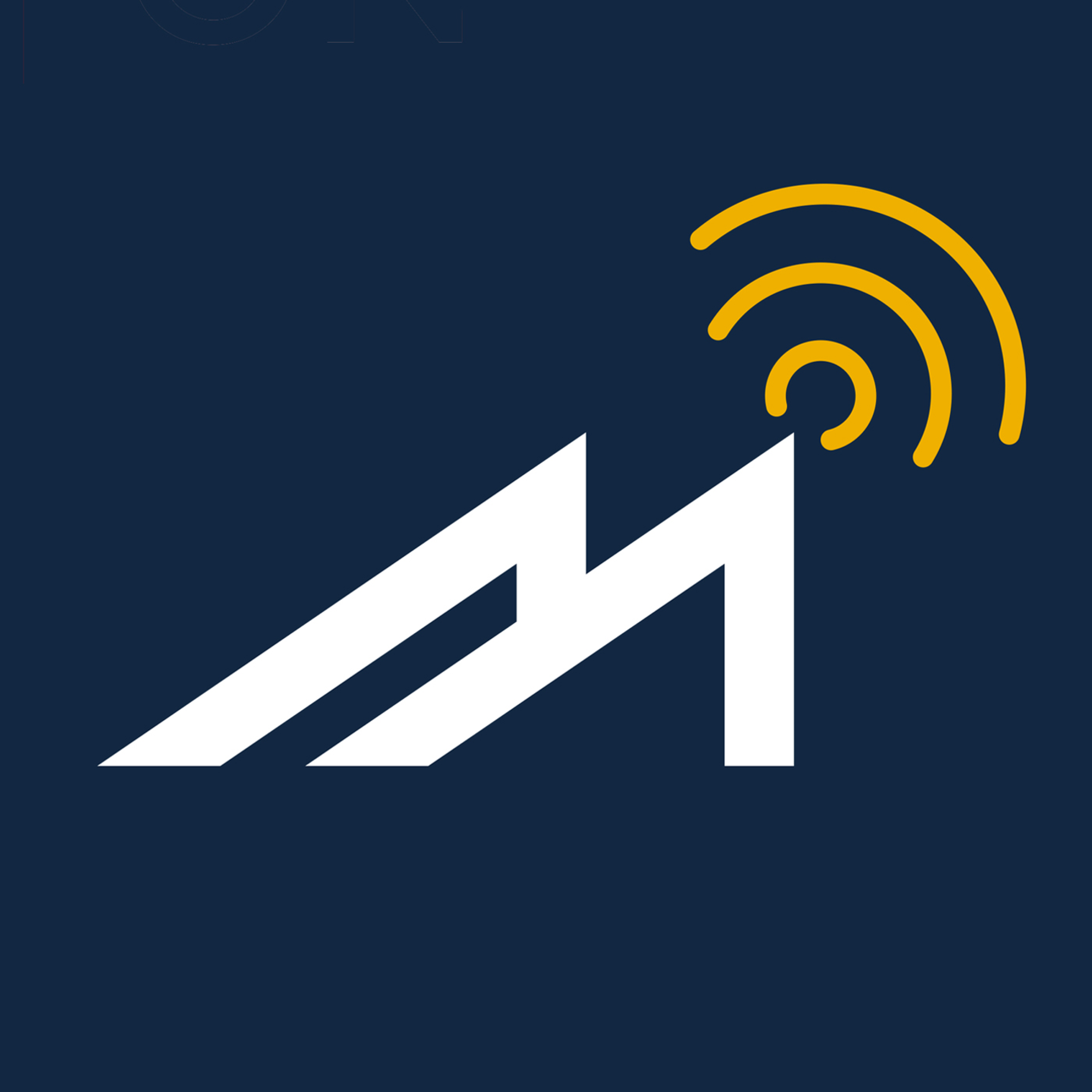

This year has been one of evaluating what brings happiness and what makes a perfect hobby. Bret Becker is an award-winning model aviator who has more than 30 years of experience, but he says both dedicated jet modelers and beginners should enjoy the current period of innovation and technology. “I don’t think there’s a better time to get into this hobby, personally. There are complex model airplanes that are now available right out of the box. For example, if you like an F-18 Hornet or want an F-14 Tomcat, you can go out and purchase one from readily available manufactures,” Becker said. “The reason I bring that up is because I believe the most important thing about this hobby is to keep it fun. If it’s fun, you’ll keep coming back.” There can be projects that are a bit too much, especially for beginners, or that can be costly, but modeling has become even more accessible in recent years as electric ducted fans have become a go-to for many hobbyists. “For the most part, they’re much more convenient. You can fit them in your car, and you don’t have to deal with fuel like a turbine jet would. So, for the average modeler, electric-powered airplanes are a very convenient way of taking a day off on the weekend, going to the field, having a couple batteries charged and going out there and having fun and not have to be working on the airplane on the field,” Becker said. “You can go out there and plan on flying.” Becker has several special builds using Schubeler Technologies EDF fans on an XB-70 Valkyrie Supersonic Scale Electric Jet and a U-2 project he’ll be competing with at the Top Gun Invitational in the Expert Class. Yet, Becker says even beginners can experience the joy of model airplanes.
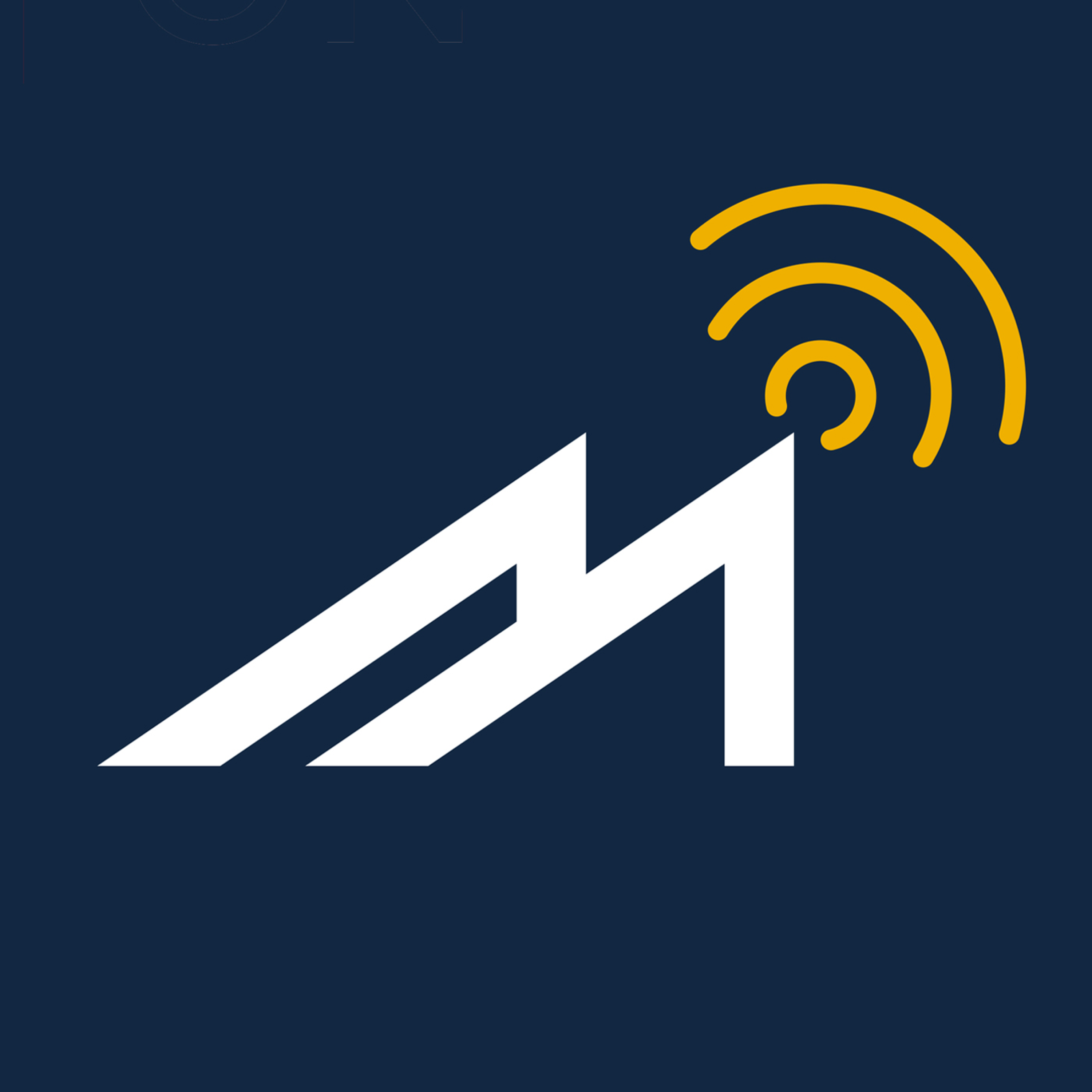

In the past, if you went to a brick-and-mortar store, you did so to shop, and the store responded as such. You walked in, asked questions, made a purchase, and went about your business. The market has really changed, as has the competition, and this has created a huge change in the way that brands are interacting with their consumers. It’s now not as much about the products as it is about the experience. On this episode, originally aired on MarketScale's Retail podcast, we spoke with Eric Thompson, Senior Sales Executive with Bluewater Technologies, on how retailers and brands are threading technology throughout their in-store experience. Thompson has worked with eight of the 10 top retailers in his 25+ year career, and gave us his perspective on what stores are doing to compete in a “retail apocalypse” where stores are closing left and right, and 30 have filed bankruptcy. Thompson said retail isn’t dead, but it’s certainly changing, and it’s become a hot-button issue over the last two years. “Obviously the online experience is something that’s big and is not going away and it’s close to about what ten percent of retail sales are, and there are still people that want to go to the store and want to shop in the stores but they want more of a frictionless experience.” He pointed out that people don’t want to be waiting in a checkout line, so Amazon Go was created to let people walk in and out. Sam’s Club recently unveiled a store where you can create a shopping list and it will provide a digital roadmap telling you exactly where to go to get your items. “It’s really just about being efficient and having a good experience.” And while more digital items are being woven into the retail experience now, Thompson warned that it’s still important to know who your customer base is. “If you’re catering more toward the Gen Z or millennials, they’re digitally native so they want to have those digital attributes in the store. Maybe if it’s a store that caters to the Baby Boom generation, there are ways to weave technology into the stores without being too tech-heavy. You have to use technology kind of towards who your customers are.” For more information on creating a digital shopping experience, including notes on self-pay, geofencing, online research, AI, and interactive touch screens, and what all of this means to the consumer, you’ll want to immerse yourself into the rest of this podcast.
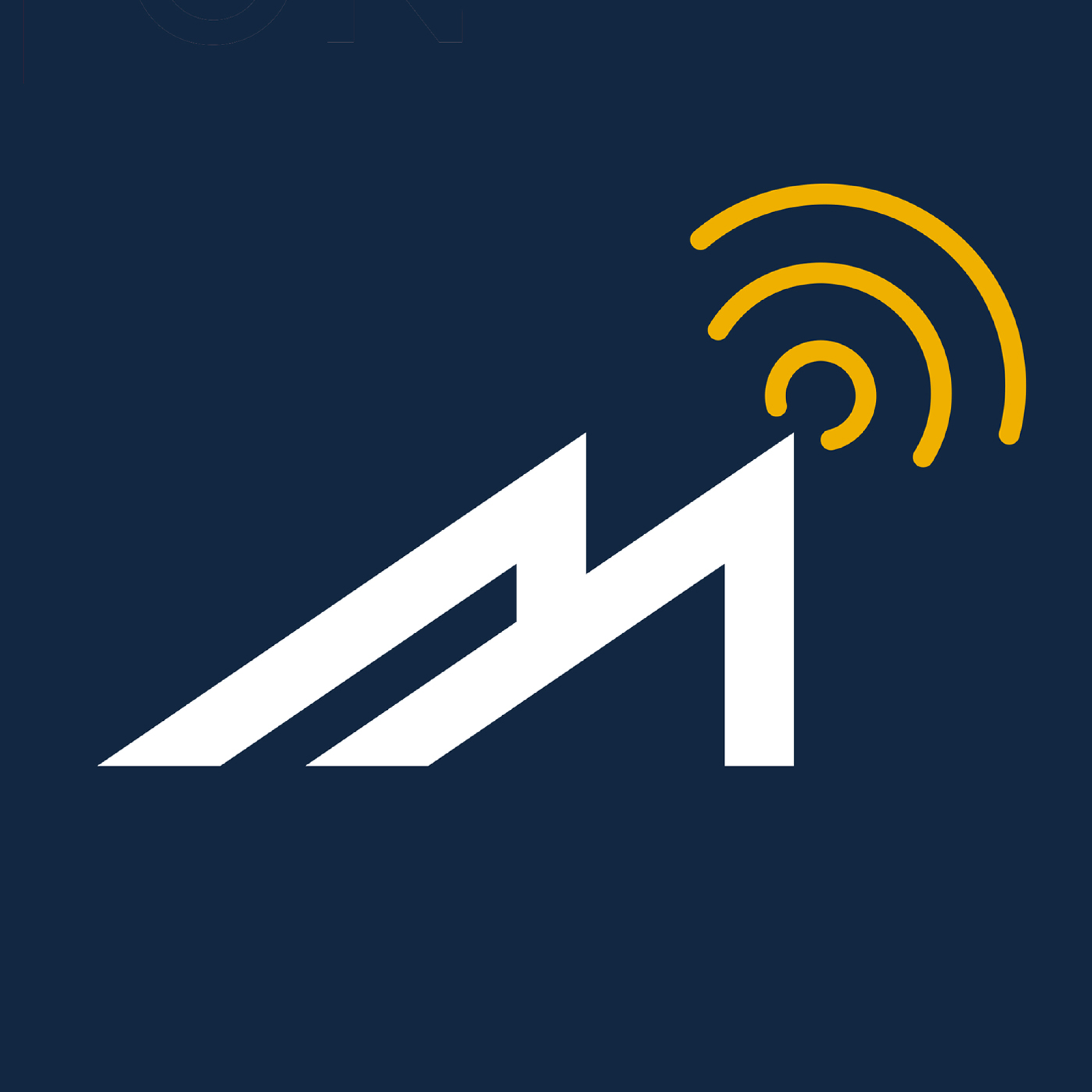

On today’s episode of The Intersection, we discussed the “Amazon effect," how it’s impacting the rest of the retail world, why some are scared, and why most should be excited, with guest Eric Thompson, Senior Sales Executive at Bluewater. In a world of emerging technology, retailers now have options. “There is renewed optimism for brick-and-mortar stores even in the world of the ‘Amazon effect,” which really started in 2018 with the Amazon Go Store in Seattle. It was revolutionary, creating a frictionless experience for the shopper," Thompson said. "This seamless customer experience is what every retailer is striving for, and it’s one where when technology is integrated well, shoppers don’t notice it as a disruption.” One area where that’s a real challenge, and where technology can help, is queuing. Thompson shared these shocking facts: Customer spend about 118 hours a year in a checkout line 86% of shoppers avoid going to stores with long lines “Retailers have to address this and take the experience to the next level and make it positive," Thompson said. When retailers come to the point where they need to make a change, though, some are hesitant. “Some that have been business in a long time are slow to evolve. But over 30 retailers filed for bankruptcy in the last two years. So, we see brands going in different directions," Thompson said. "Take Nordstrom and Lord & Taylor, similar stores with the same customer base. Lord & Taylor is on the verge of bankruptcy. Nordstrom, however, has embraced tech in its stores and is doing quite well. Retailers have to understand their customer base, as there is a transition for new generations who are digital natives. They expect technology in their experiences.” Another unique example of technology in stores is using a brand’s app in-store to learn more about a product. “In some retail experiences, shoppers can walk in and scan an item with the app to learn more about it and the company,” Thompson said. As retailers embrace tech changes that impact the flow and operation of their stores, it opens the door for other integrations that have more visual appeal for customers while still improving their in-store experience. Thompson pointed to one example, 3-D mapping on mannequins, as a perfect representation of technology that captures the attention and provides useful information at the same time. "This is being tested at the Lululemon store in San Jose. A customer walks in and sees an item on a mannequin, and each part of the item is highlighted. They could take this a step further with the brand’s app, and if it knew you were there, it could point out specific items of interest to you," Thompson said.
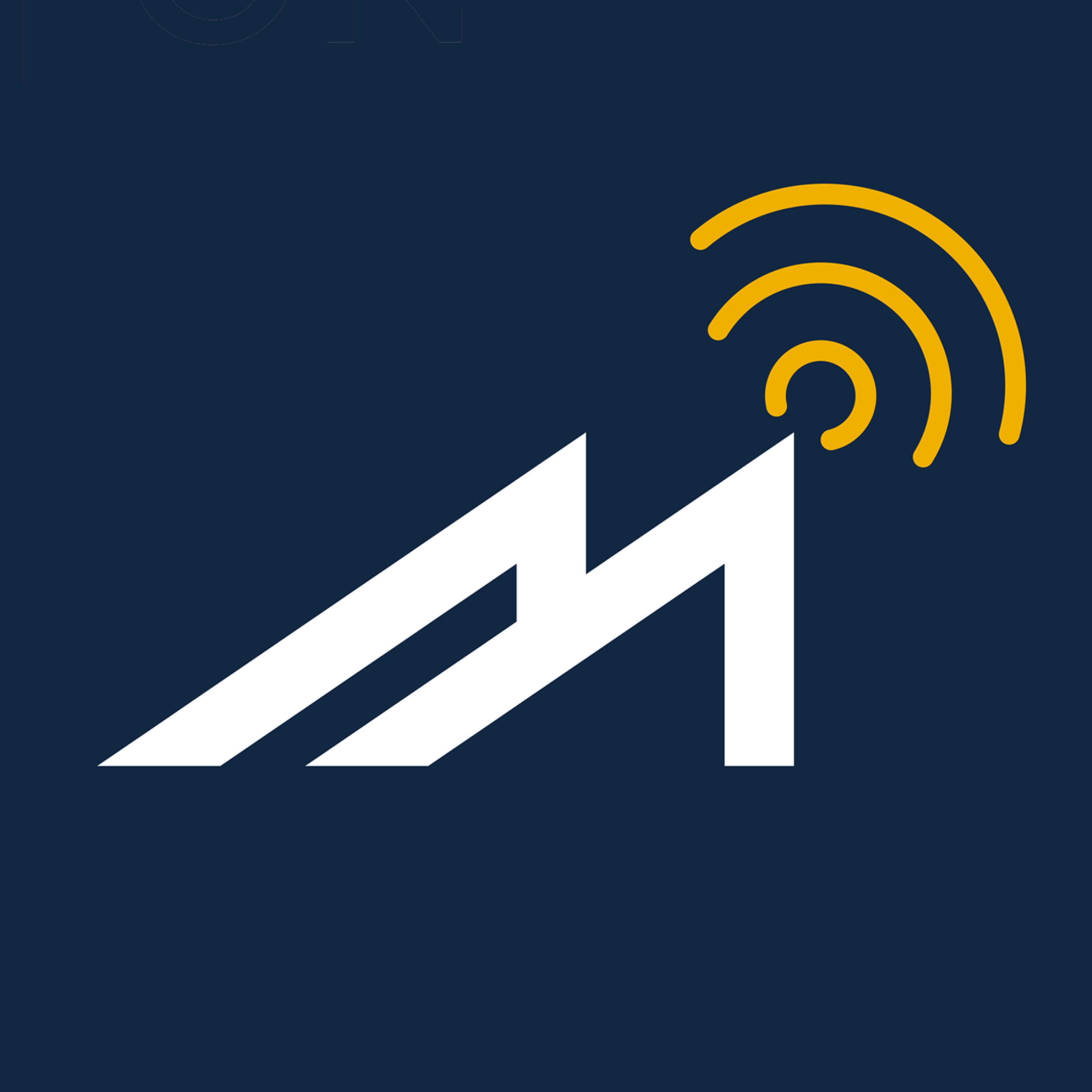

Retail stores across the country are undergoing enormous changes. As e-commerce creates competition, brick-and-mortar stores are focusing on developing a highly curated shopping experience for customers. Part of this curation means downsizing stores from large one-stop-shop warehouses to smaller, more intimate storefronts. On this episode of The Intersection by Bluewater, we're joined by Eric Thompson, senior sales executive for Bluewater; Thompson discussed the positive effects a smaller retail store has on the shopping experience and a business’ bottom line. “The right-sizing of a retail store is a very healthy thing right now," Thompson said. The USA is the biggest culprit of oversizing stores, and up until only a few years ago, the common motto among big-box retailers was "stack it high and sell it cheap.” But the days of oversized stores are coming to an end. “Retail is overstored by 1.2 billion square feet," Thompson said. When customers can shop from the ease of their computer, browsing an enormous store becomes secondary. This is why slimmed-down stores, designed for convenience and relevancy to their area, are some of the most profitable in the retail market. In addition to downsizing, retail stores are integrating technology into the shopping experience to curate a customized experience for every shopper further. Thompson elaborated on how big companies like Nordstrom’s, Kohl’s, and ALDI are integrating new technologies into their stores, leading the charge in transforming the retail marketplace. By receiving sales and analytics on customer products in real-time, retail stores are collecting big data that helps craft a curated shopping experience that cannot be replicated in online shopping. “It’s never been a better time to be in retail right now," Thompson said.
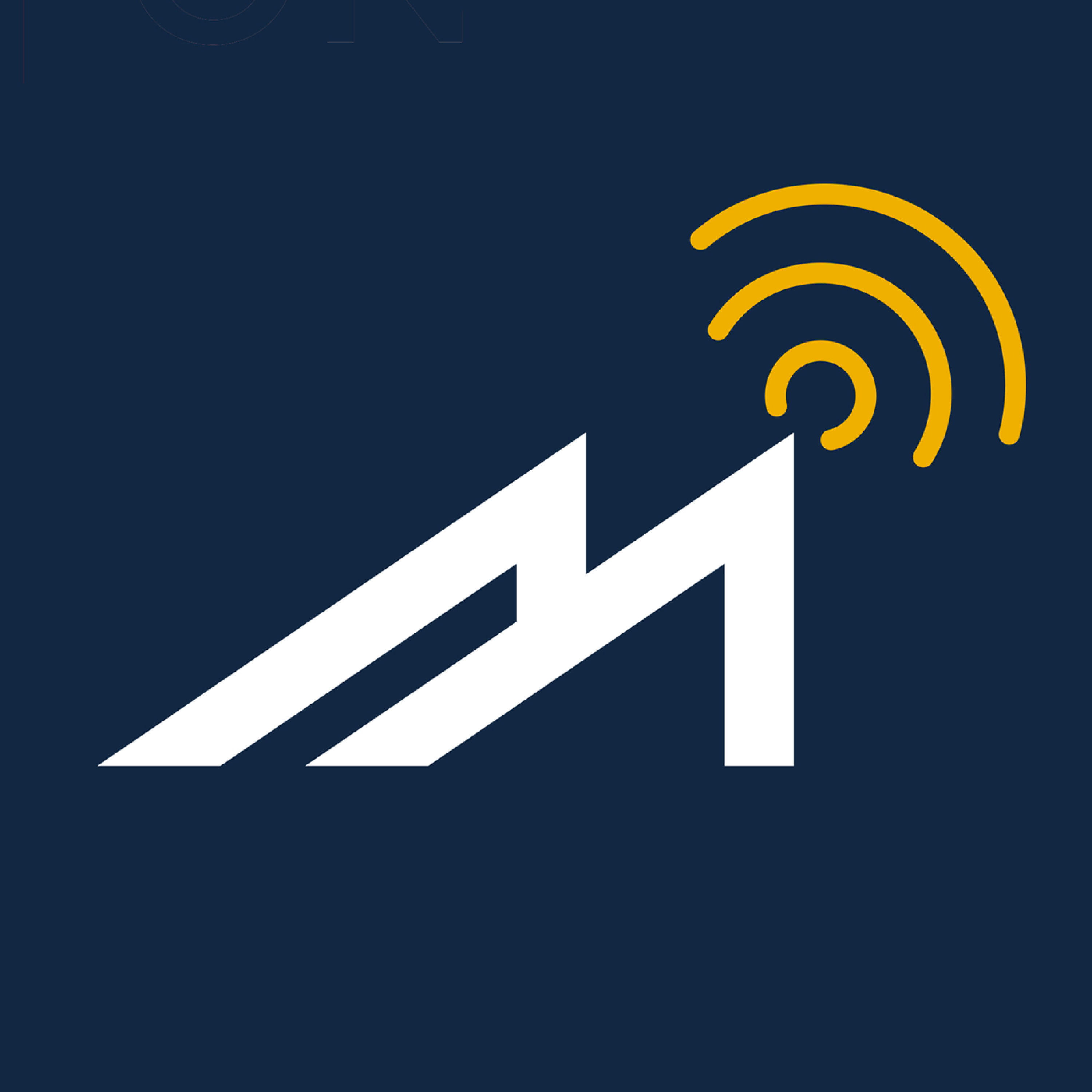

Bluewater is hiring a Live Events Account Executive in their “Southfield, MI office. The live event's executive will focus on creating live experiences. The live event focus will generally lead them to work with producers, meeting planners, and corporate communications managers who are creating exceptional experiences for their brands and organizations. The candidate will deeply understand the principles of meetings and experiential activations and will be an expert in translating technology and Bluewater integrated solutions into those requirements. The main expertise they bring to the table is how technology, space, and content intersect, and where exceptional experiences happen. They are extremely comfortable working with executives and high-profile projects, have strong entrepreneurial skills, and look for opportunities in the various stages of engagement. To see the full job description, visit MarketScale.com/careers. Bluewater is the only woman-owned business of its kind, operating four industry-leading business units that support sensory storytelling through digital & physical canvases. I have seen their work in person at the iconic Little Caesars Arena in Detroit and it is breathtaking what they can accomplish, so be sure not to pass up this great opportunity to work with one of the best in the business. If this job sounds like a fit for you or someone you know, visit Bluewatertech.com or marketscale.com/careers to apply.
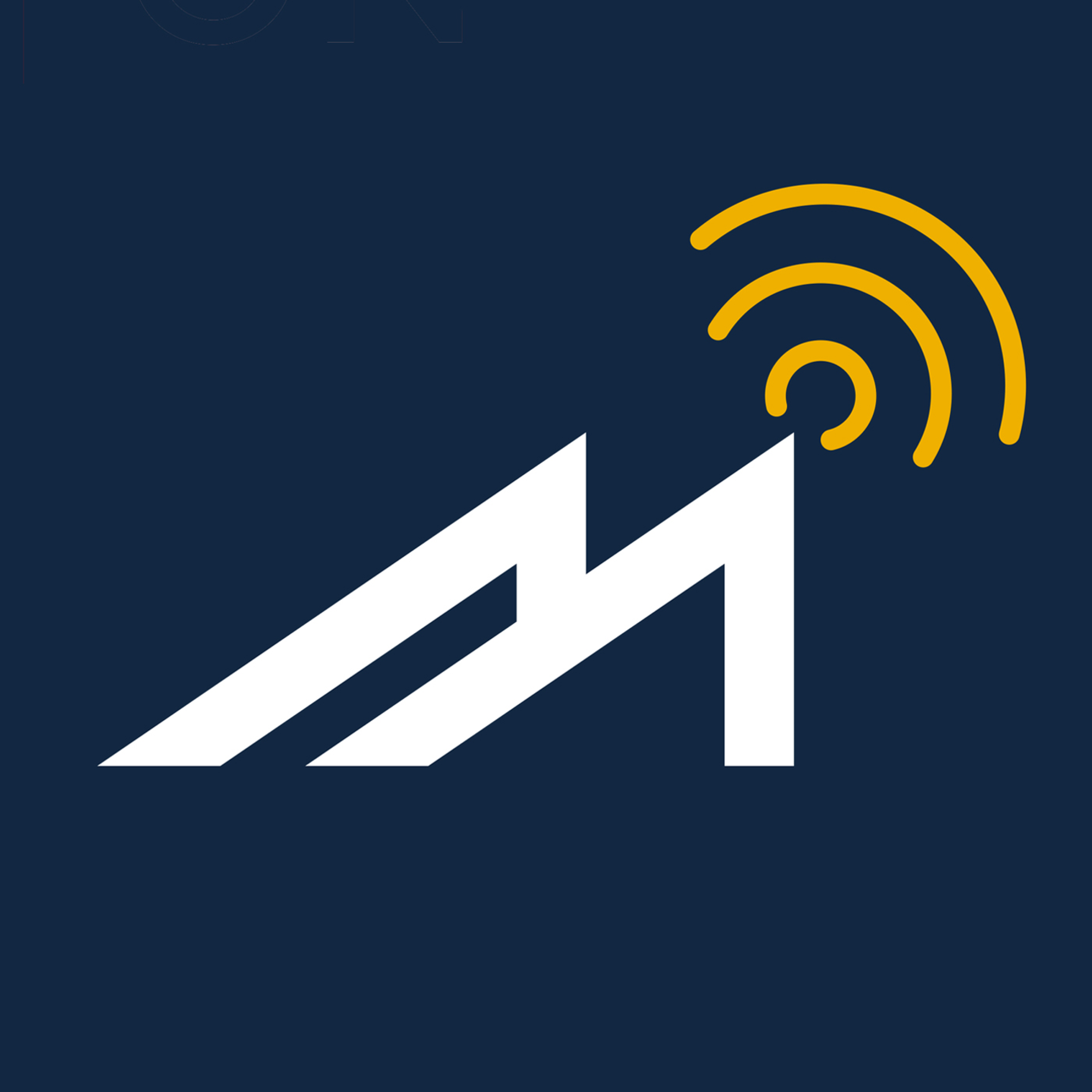

Electric vehicles are becoming more and more prevalent, but there’s still work to be done in terms of encouraging widespread adoption. That’s down to a number of factors, said Nicolo Brambilla, Chief Technology Officer at Nanoramic Laboratories https://www.nanoramic.com/. Chief among is cost. While the battery pack is something that drives the cost of the vehicle as a whole, Brambilla said, recent improvements in technology are making electric vehicles better and bringing costs down. “Today, we have lithium-ion batteries that are basically able to power a vehicle for hundreds of miles, which is very good news, because it’s getting closer to that range you’d need a vehicle to perform (at),” he said. “There are many things that will need to be improved. Cost is definitely one of the things, because, if you look at one of those vehicles price point, it’s still much higher than your conventional engine vehicle.” Nanoramic has developed Neocarbonix technology, bringing higher energy density at a lower cost thanks to electrodes that don’t use traditional polymer binders and boosting performance of lithium-ion batteries and ultracapacitors. “You have two major benefits in there. The first one is we’re able to improve the efficiency of the battery while also increasing the energy density, and we increase the energy density by having high-loading electrodes,” he said. “The other advantage, which is also key, especially for the EV market, is the ability to lower the cost of manufacturing.” Those savings should get passed on to the consumer and, ideally, result in fewer fossil-fueled cars on the roads, creating a cleaner world for everyone.


One program for the 2 p.m. call, another for the 3 p.m. and then another utility for the notes. Working from home during the coronavirus pandemic has shown just how disparate many companies’ solutions are. Of course, many of those companies had to scramble to get a remote work option set up for their employees, but Alex Doyle https://marketscale.com/industries/contributors/alex-doyle/, Executive Director of Product Management at Verizon, https://www.verizon.com/home/verizonglobalhome/ghp_landing.aspx says it’s important to take the time to meet unified communication challenges with innovation now that many companies expect to have their employees working from home for months to come. “You’ve got all these piecemeal technologies people are using, but I also think companies are all coming around to this concept of what’s their technology stack for where they want to go. Certainly, that starts with reliable bandwidth,” Doyle said. “Part two is the collaboration components, whether it’s unified communication or collaboration. “The third part of the stack is the contact center, because, if you’re working within your company well but not serving your customers, you’re not going to make it. And then that fourth level is really the security component. I think the people who win are going to be the companies that can bring all four of those.” Perhaps it should be no surprise Verizon adapted its operations quickly to the pandemic, since it already has a history of responding to crisis. In the past, that meant a natural disaster or another localized issue rather than a global public health crisis. Still, the experience served the company well, Doyle said. “Whether it was Hurricane Sandy in 2012 or, more recently, Hurricane Michael in the Southeast, we’re always running to help people with disaster recovery and kind of move to mobility,” he said. “I think what was different this time is we couldn’t run to a specific place, because it was everywhere, but those lessons learned, I think they helped us do it at scale. So, if you said, wow, we moved 95% of our population to work from home, we had a lot of experience at it.” That experience gets put to use as Verizon creates unified communications solutions companies can give their employees looking to navigate the workplace of today and all its challenges.


It’s always been important for people to know where they should be going, but with the coronavirus pandemic turning how people are gathering or clustering into a matter of public health, it’s never been more critical. One of the best ways to keep people safe is to make sure there’s messaging letting people know things like how long a line is or how many people are in a certain area or displaying regulations about social distancing, masking or direction of traffic in a space. That requires both a hardware solution and a software solution, which is why Dan Baker https://marketscale.com/industries/contributors/dan-baker/, Sales Engineer at LG https://www.lg.com/us, and Craig Marshall https://marketscale.com/industries/contributors/craig-marshall/, Product Manager at Omnivex https://www.omnivex.com/, have teamed up to provide solutions for businesses looking at digital signage during the pandemic. Those solutions can go far beyond simply putting up a monitor and showing a static message, Baker said, pointing out a place like a hotel check-in desk, where you want to both provide hospitality but keep a safe distance between guest and desk clerk. “One real nice solution that LG has now is our transparent OLED display,” Baker said. “That really can be a nice way to interact with someone. Put their information on a screen that’s see-through, and you can see the person on the other side and interact with them that way. So, you’re kind of getting a shield and display in one and not only protecting yourself but heightening your customers’ experience.” While digital signage is critical during the pandemic, it’s also a strong long-term investment for either improving the look and function of a retail outlet or serving a different purpose in the office. “If you did go ahead and implement a bunch of digital communications for this purpose, you’re going to wind up using this stuff for all sorts of other things, whether it’s tracking key performance indicators of your business, acknowledging real-time successes and wins, or having virtual huddles and letting people know what’s going on in the businesses,” Marshall said. “Everyone is just more connected, more engaged. Communications are the silver bullet, and this is just going to carry on.”
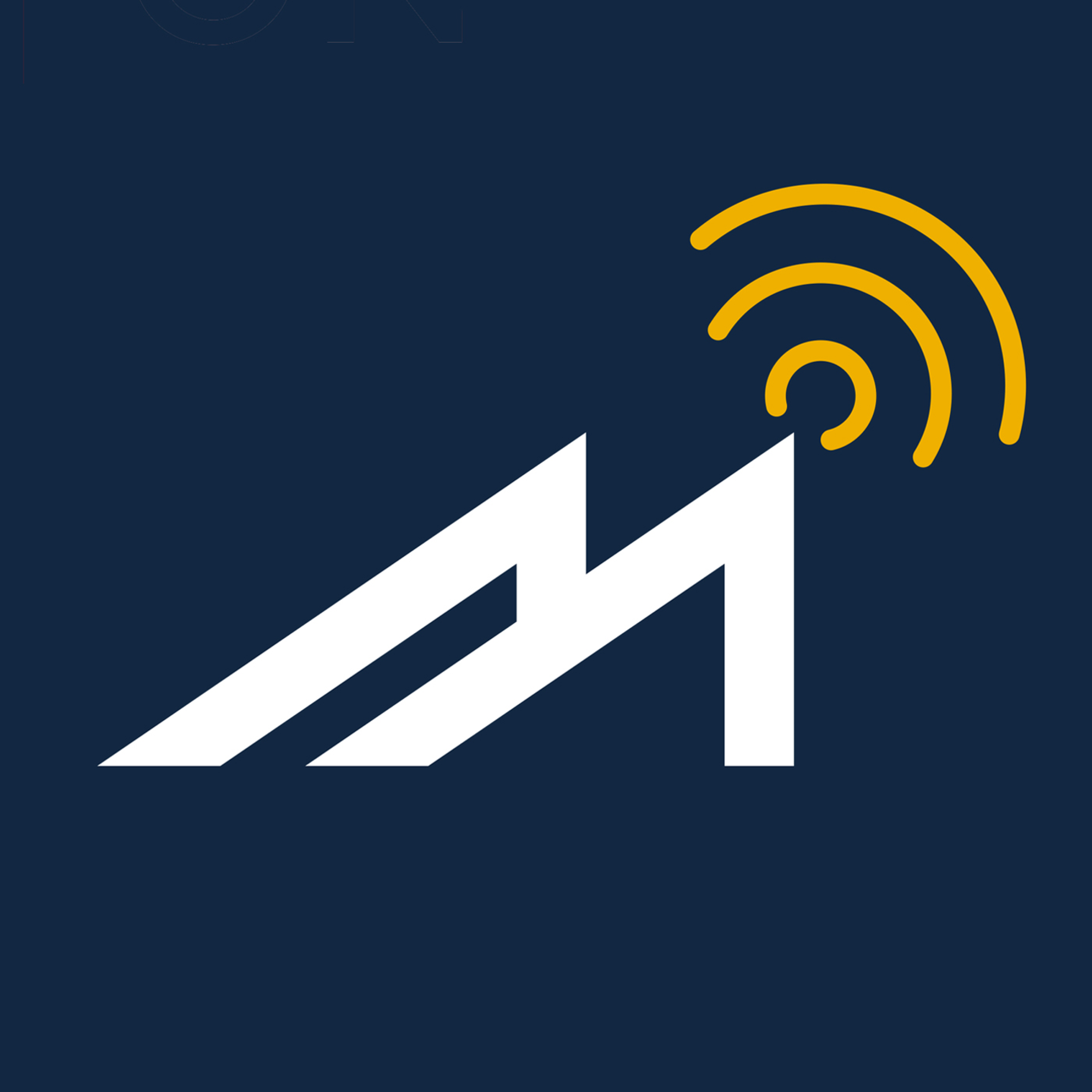

There are certain features pilots have come to expect in a digital flight control system, or autopilot. Genesys has a 40-year history making autopilot systems and has innovated upon some of those common elements, such as heading, navigation holds, altitude holds and vertical speed holds. Now, it has used that experience to take an autopilot system into the modern era. For Simpson Bennett https://marketscale.com/industries/contributors/simpson-bennett/, Marketing Communications Manager of Genesys Aerosystems https://genesys-aerosystems.com/, the company’s S-TEC 3100 Digital Flight Control System is a perfect marriage of traditional reliability with cutting-edge technology. “Basically, it’s a big aircraft autopilot that fits in a small box, as simply as I can put it,” Bennett said. “Out of that, we have a number of features that are safety-focused that we’ve brought to our 3100. Those are our envelope protection, as well as our straight and level button mode that brings the aircraft back to a neutral state in case the pilot loses visual references, becomes disoriented or something along those lines. Designed with versatility in mind regarding the number of planes the 3100 would work in, Genesys took the time to get certified in more than 150 aircraft. “Flexibility’s kind of its core competency, if you will. We can work in a number of different configurations, whether your aircraft was delivered in the 70s or 80s with steam gauges [and] an analog-type panel, all the way up to aircraft that might have a more modern display system that you see prevalent today,” Bennett said. “Really, we can work in just about any different cockpit configuration. That benefits our customers should they have some upgrade paths in the future.”
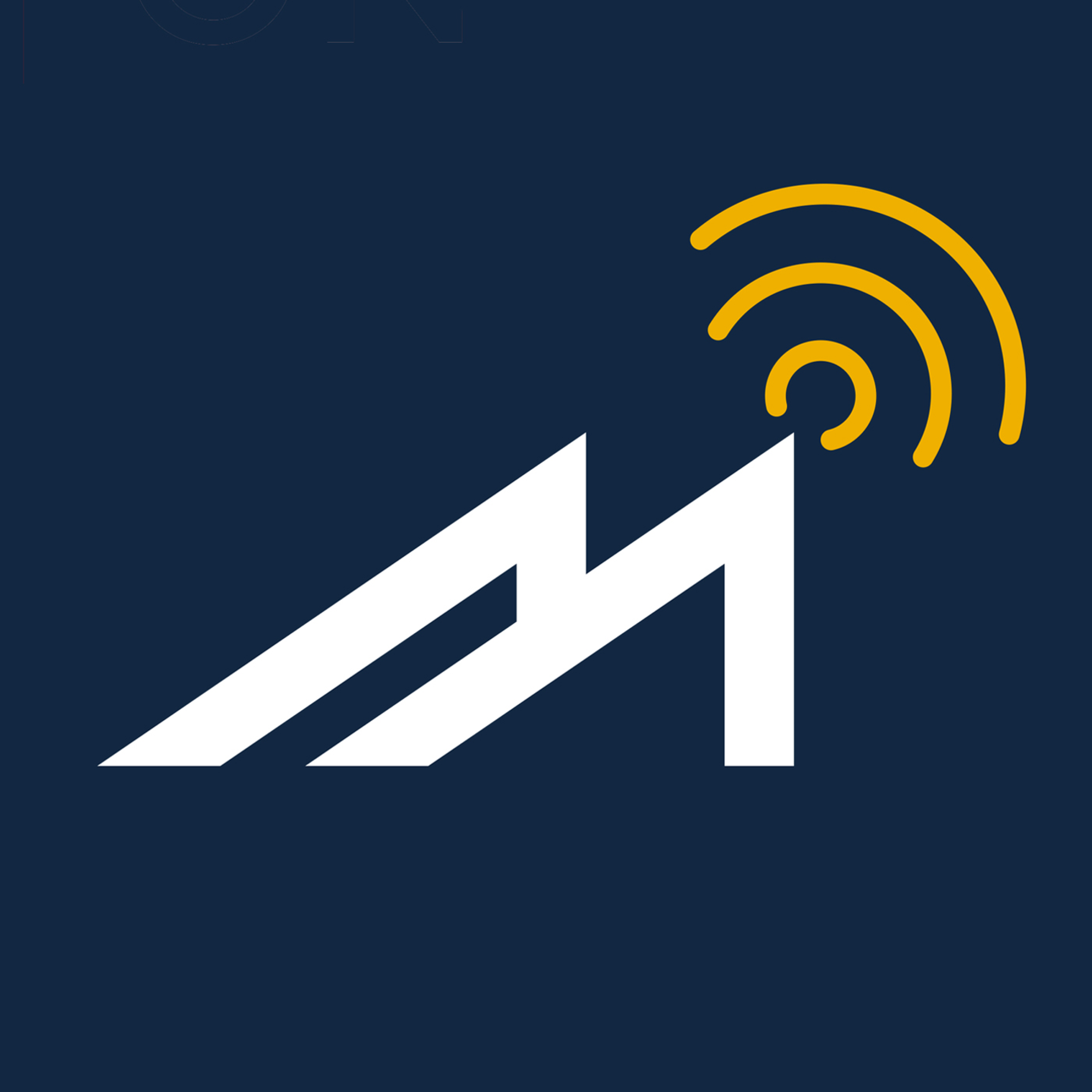

Anil Chitkara https://marketscale.com/industries/contributors/anil-chitkara/, Co-Founder and Head of Corporate Development for Evolv Technology https://evolvtechnology.com/, started his company with one goal: to keep people safe from harm at events or other venues and locations where threats could exist. For most of Evolv’s existence, those threats were violent, either from potential terrorist attacks or an active shooter situation. But COVID-19 shined a light on a different risk to the health of the public at large. When considering entertainment spaces, security checkpoints now have a new consideration: how to make the venue safe from a deadly disease. Chitkara discussed these scenarios and how Evolv’s touchless security solutions can help. “We’ve all been through airports. We know what airport screening is like,” Chitkara said. “We looked at all these other places where people are and [asked], 'How can we help the security professionals in those areas maintain a safe venue or environment?'” Theaters, performing arts centers, concert arenas, sports venues, theme parks and amphitheaters are all focuses of Evolv’s technology solutions. The company's goal is to take a slow and manual security process and make it faster and more comfortable for the guest to enter the venue. The security process for many entertainment venues today is not a friendly experience, and Chitkara wants to change that. “Not only is it not what the customer entering into the venue wants, but it also is not what the band and the concert venue want,” Chitkara said. “They want their customer to be excited from the day they purchase their ticket up to the moment they walk up to the arena. The biggest pain point of the guest experience is that security screening. There hasn’t been a great solution up to now.” Rethinking the whole approach to security through technology and doing it in a fan-friendly way is Chitkara’s mission. Evolv’s touchless security approach makes entry easier for the patron. And, during this time of healthcare concerns, the less security needs to come into physical contact with someone entering the venue, the lower the risk of spreading viruses.
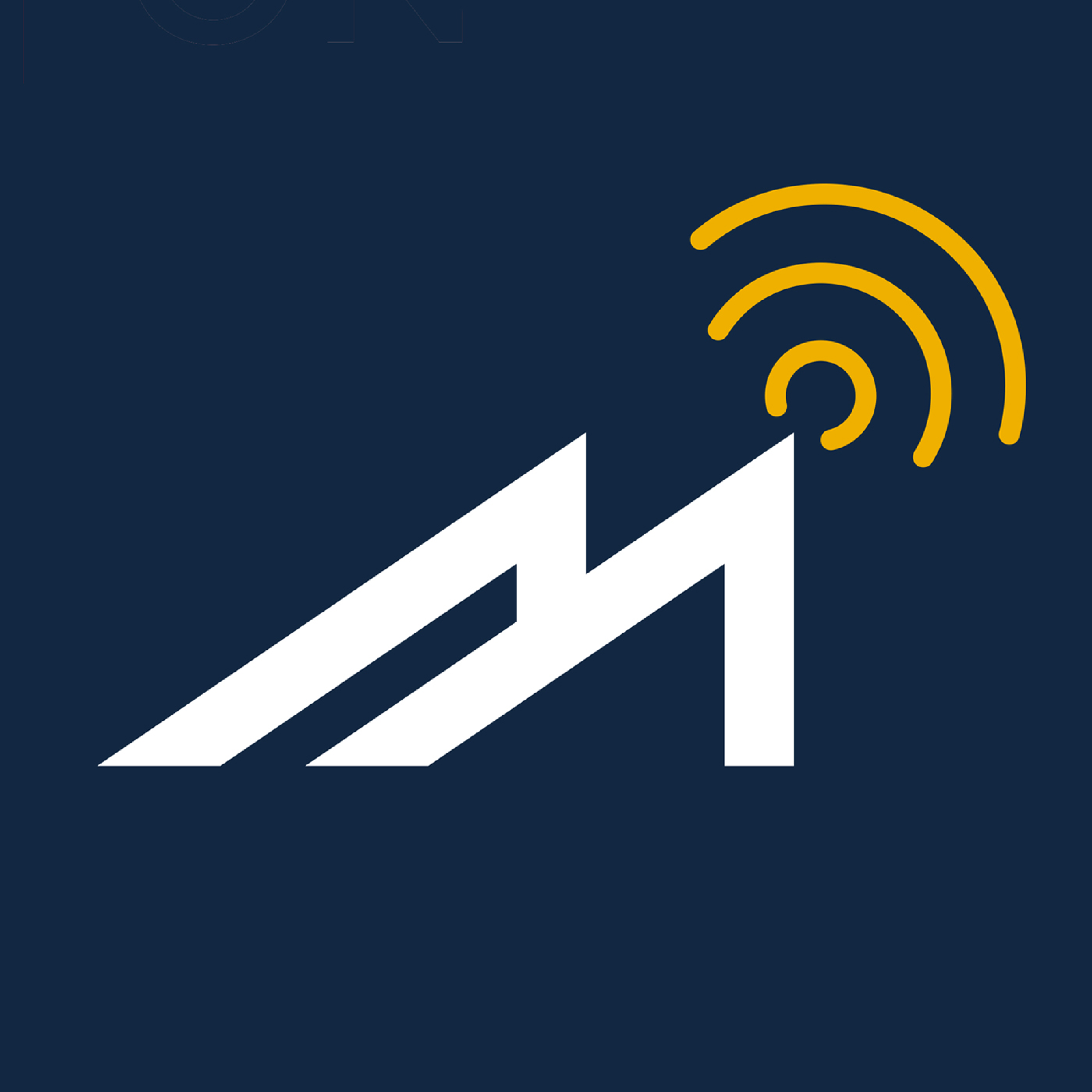

Sorry, the most important thing for your company is what? I … I didn’t quite catch that. If you’re hearing that too often on the other end of your Zoom or Teams calls, then Eric Brooker https://marketscale.com/industries/contributors/eric-brooker/ would like to have a word. Brooker, the Senior Director of National Partner Programs for Bigleaf Networks https://www.bigleaf.net/, has watched as nearly the entire working world has moved online, but with so many households going under one roof, residential internet has struggled to keep up. While Brooker has seen plenty of grace extended toward pet noises, children demanding attention or a doorbell interrupting a call, people are far less amenable to total network failures or frustrating blips in important conversations. “In the world we’re sitting in today, I think there’s an understanding that your four-year-old may walk into your video meeting or a dog may bark when FedEx https://www.fedex.com/global/choose-location.html or UPS https://www.ups.com/us/en/global.page ring the doorbell, but there seems to be a lack of patience, as I’m seeing it, of ‘Hey, can you repeat yourself? I didn’t catch that.’ or, ‘Hey, sorry my internet was kind of funky.’” Often it’s not the program itself having an issue but the functionality of the network. That’s why SD-WAN can be a strong solution, especially with a Bigleaf device that works outside the firewall and can automatically prioritize what’s important. “Software Defined Wide Area Network is creating application performance, it’s accessing that on-site application or what seems to be more relevant even pre-COVID but certainly post-COVID is the need for cloud-based applications,” Brooker said. “Ultimately, you need those business-critical applications to work in a seamless fashion, each and every time you’re using them.”
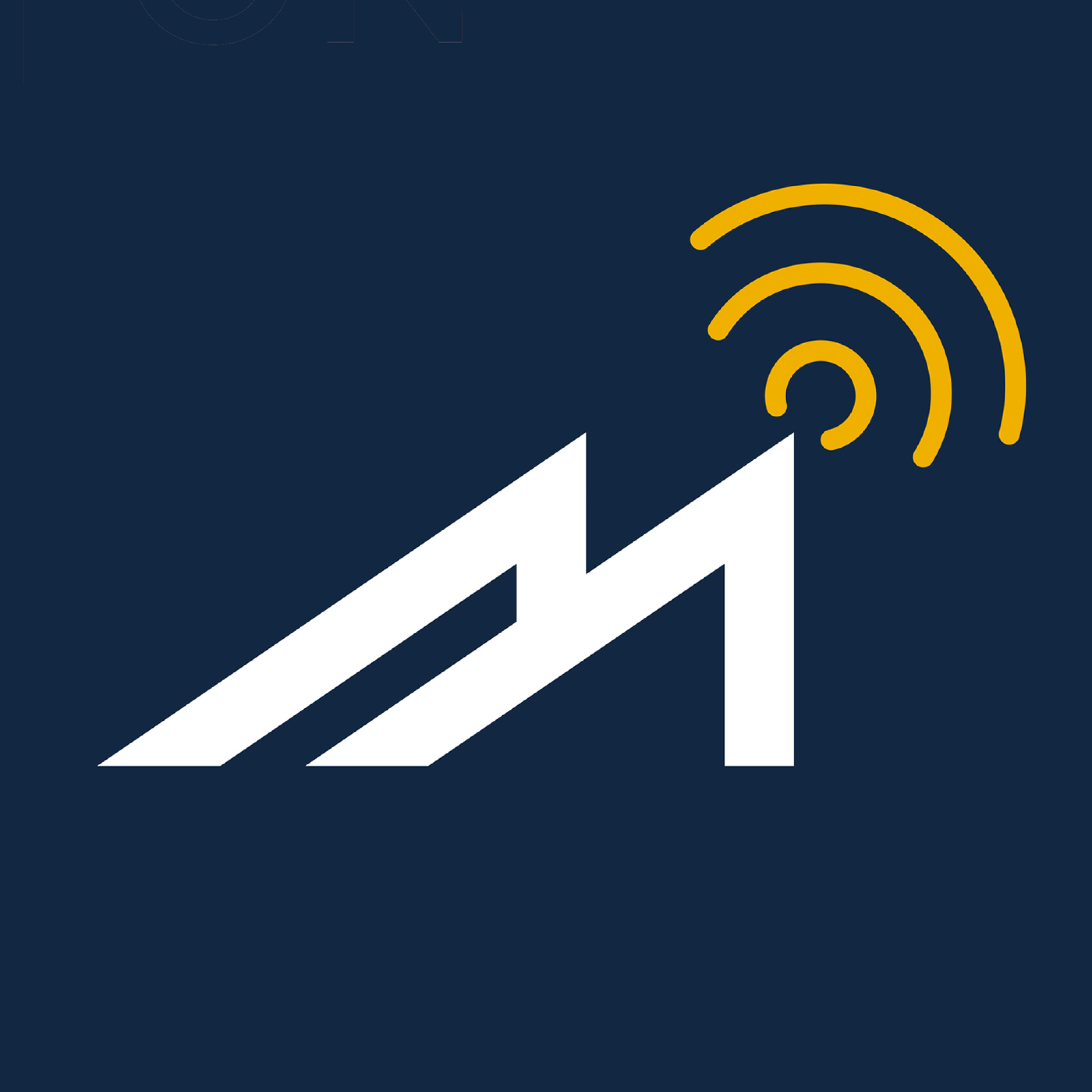

During the pandemic, networks have emerged as the essential glue keeping people connected while apart. Jason Carolan, Chief Innovation Officer, Flexential https://www.flexential.com/, spoke about the profound changes occurring in the interconnectivity space allowing next-generation technologies to evolve at a rapid pace. “The network has become a crucial platform,” Carolan said. “Think about how we’ve been able to order food and groceries to be delivered, get our prescriptions filled, and so forth … We’ve navigated to the platform that’s powered by the network, and that’s really saved us during this time.” Access to technology commonplace to many businesses, such as VPNs, laptops and other communication tools, became front-and-center challenges during the pandemic as work shifted remotely almost overnight. “I think the agility part of this is huge,” Carolan said. Businesses and schools had to find ways to accommodate not only access to their platforms and systems. but reliable internet access. Today’s technological advancements made such remote work and learning possible. One of the next-generation technologies playing a critical role in handling data flow and latency is edge computing. “Instead of having centralized cloud platforms and data centers in relatively few locations, the edge will be in millions of locations. Edge will allow us to consume services quite differently from today and rely on them even more,” Carolan said. Be sure to subscribe to our industry publication for the latest news, videos, and podcasts in the Software & Technology Industry.
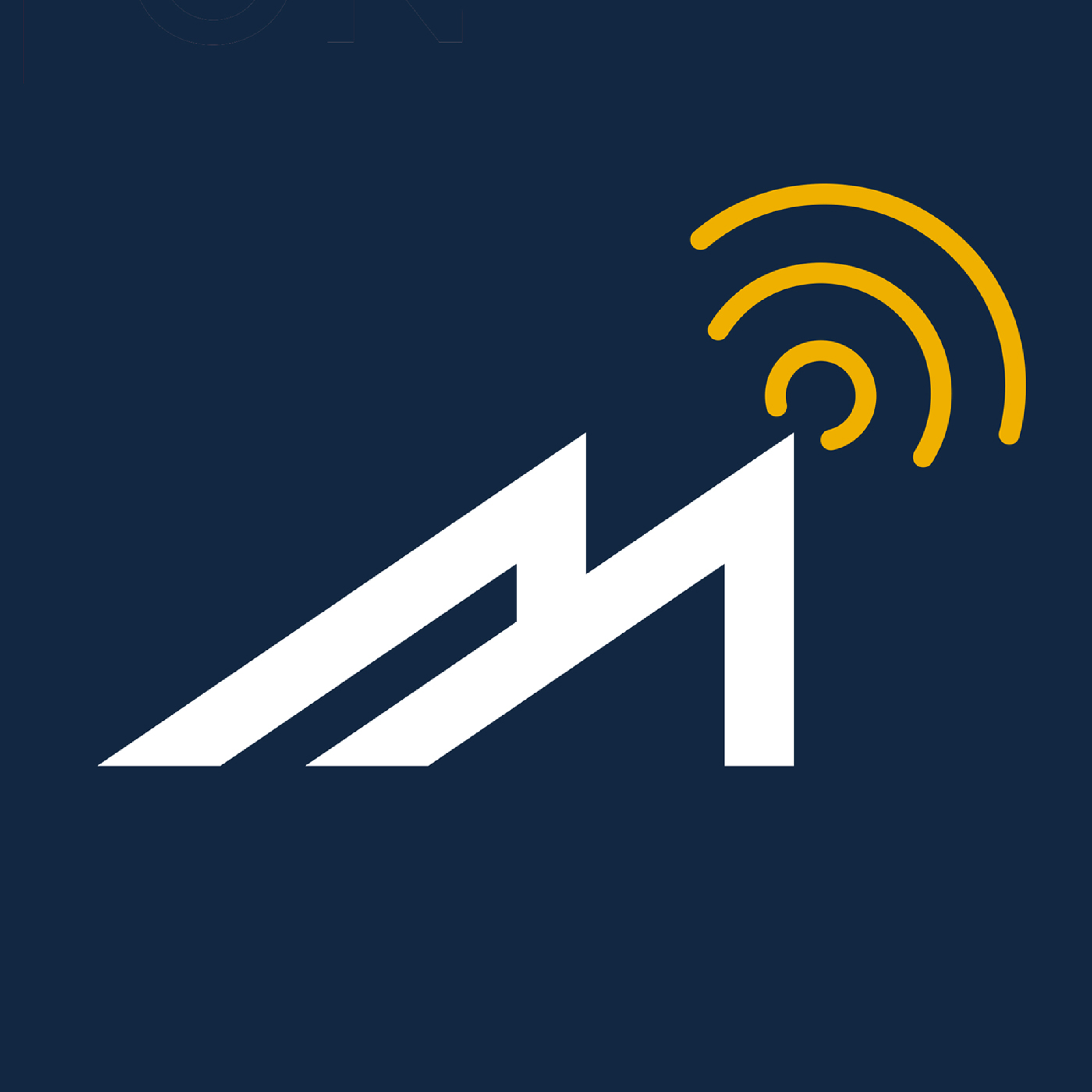

PixelFlex is hiring a Sales Account Manager and Sales Engineer, both of which are Located on Production Row in the heart of beautiful downtown Nashville, TN. PixelFlex’s is headquartered just a stone’s throw away from Nashville’s famous hot chicken, craft breweries and iconic honkytonks. Free lunches and in-house massages are a frequent benefit that their employees enjoy. When combined with a casual work environment, makes for some enjoyable Fridays. Additionally, Amazing health, dental and vision coverage makes life as a PixelFLEX team member very convenient, and being so close to many of the live events they sponsor makes life a lot more fun. PixelFLEX is one of the leading providers of LED solutions to touring acts, schools, theaters, churches, and advertisers among others. And PixelFLEX wants to keep revolutionizing the video industry, which is why they need your help. Members of their team go beyond just sales calls and getting their products out the door. They’re entrepreneurs, innovators and designers. If this sounds like a company you would like to be a part of and would like to learn more, Visit pixelflexLED.com or marketscale.com/b2bjobs to apply.
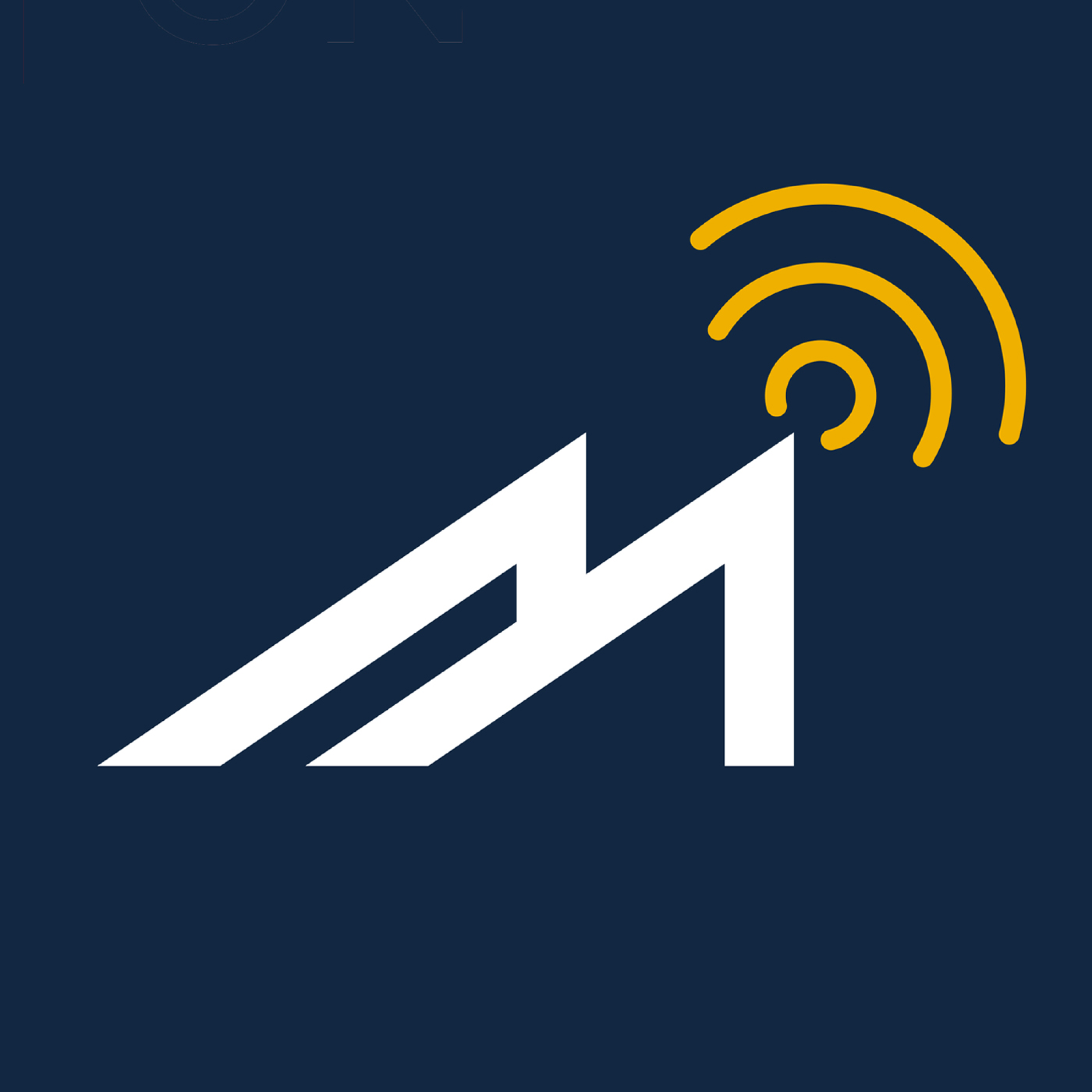

On this episode of LED Talk, host Tyler Kern was joined by Jon Lewis, Lead Consultant and Sales Representative at PixelFLEX, and Chris Clark, Director of Media, Southside Baptist Church to discuss the ins and outs of LED in the house of worship. Clark, for context, described why his Southside Baptist Church decided to move their screens to LEDs, and what the advantages have been. One advantage: LEDs do not have the same glare issues Southside’s old monitors did, which make the screens easier to view when stage lights are on during services. Lewis described the process PixelFlex goes through when working with churches on their needs. “Finding out how they are currently exporting video and how they are currently putting content together,” Lewis said, are key findings PixelFLEX goes through with churches on needs assessment. “How big a screen do you need, how are you going to push content, and how intricate can you get,” are all important considerations. Clark detailed his fantastic experience working with Lewis and PixelFLEX on Southside’s needs. “Start to finish the whole process and working with John and PixelFLEX was as good as it could possibly be,” he said. A key point, Clark mentioned, is his church budgeted out their needs and then worked with Lewis and PixelFLEX on the project and timing. For Lewis, his suggestion is houses of worship should start their conversations prior to when they want to make their purchase, so the deliverables are ready when they need them. Lewis provided examples throughout the discussion of various uses for LED in churches, and the types of request he and his team receive. In the end, Clark’s satisfaction with the move to LED, left him with nothing but praise, and suggested other houses of worship should look into making the switch. For more episodes of PixelFLEX's LED Talk, click here!
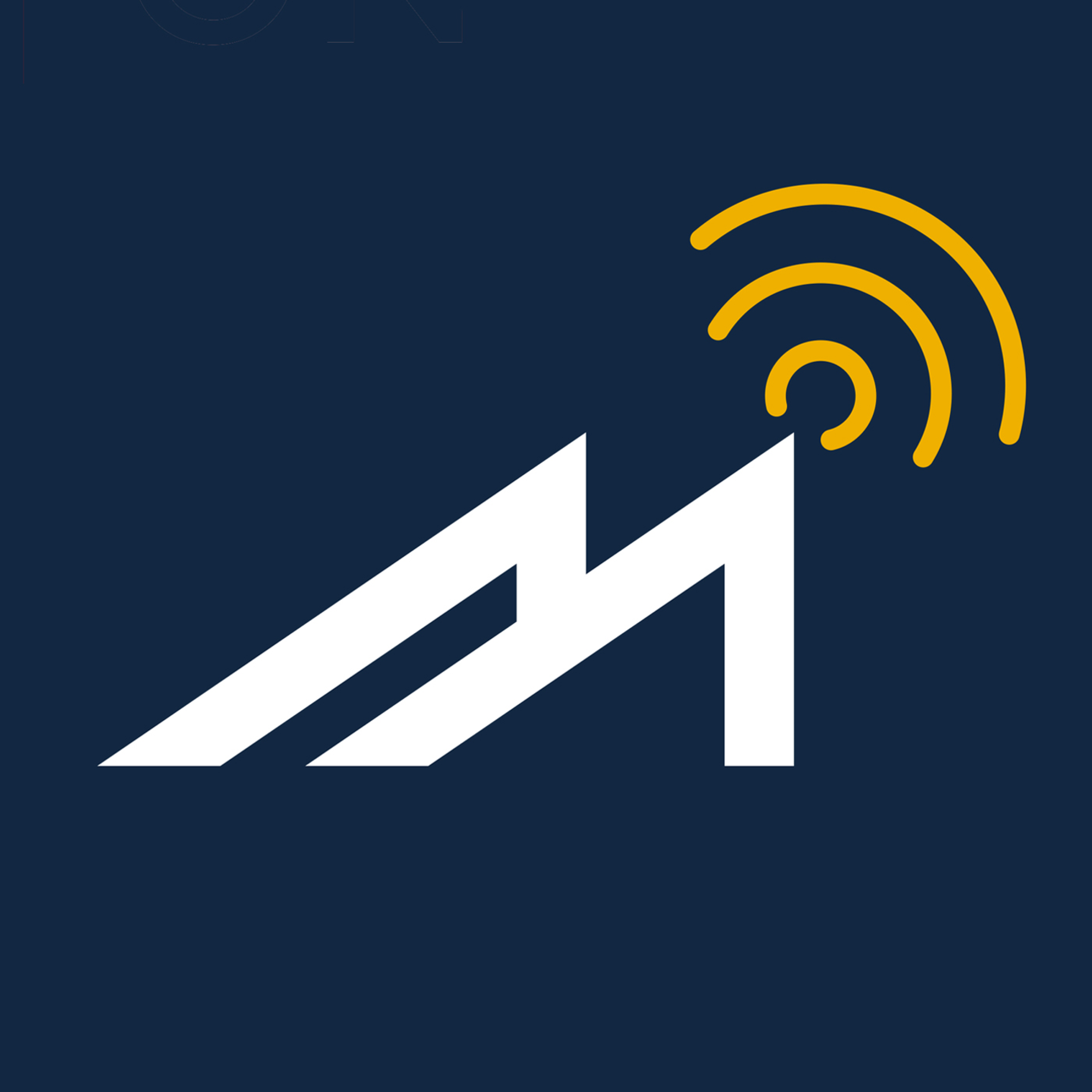

Think about the last great visual experience you've seen. Can you name the hardware components, the types of light used, or the specifications of the speakers that accompanied this experience you're thinking of? Probably not because a great experience for a consumer is not about the hardware; it's about the feeling. On this new episode of LEDTalk, host Tyler Kern sat down with two venerable experts in creating stunning visual experiences-- David Venus, Chief Marketing Officer at PixelFLEX and Alberto Scirocco, CEO of LeftChannel. "Content is not the thing that runs the hardware, content is the whole experience," Scirocco said. LeftChannel is an Ohio-based motion graphics and animation studio with a focus on creating innovative, brand-centric work across platforms. "But sometimes we see people who are excited to run into building a visual experience so they rush straight to the solution. They figure, 'I want to put screens in this space,' but when they do that they already created a portion of the content," he said. That's why thought has to be put into the content picture as a whole, Venus explained. "Purpose really starts from the beginning," Venus said. "What are you trying to accomplish, create, and evoke in this digital experience?"
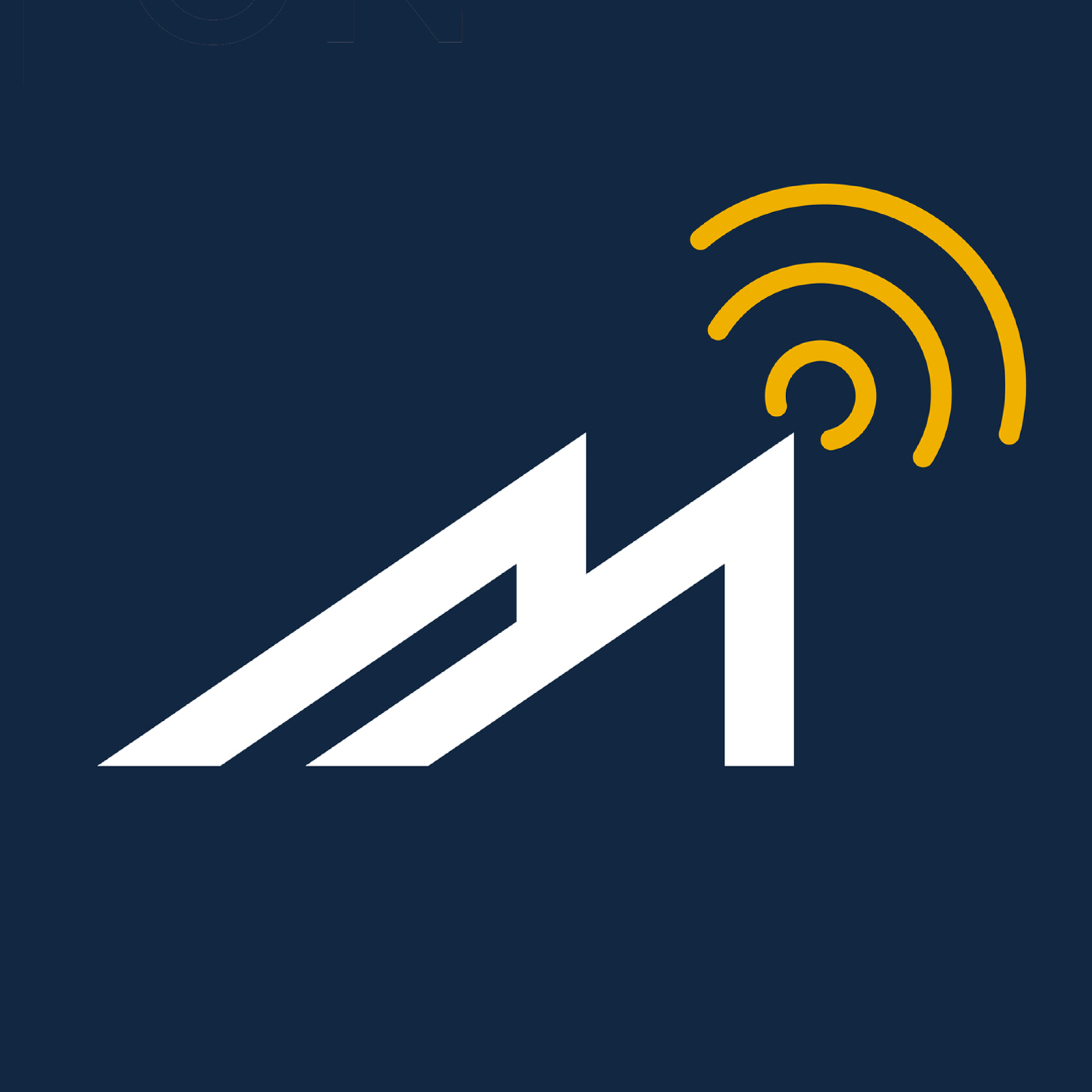

Digital LED displays are transforming corporate workspaces, creating a positive ripple effect that disseminates throughout the companies workforce and into its clientele. “Digital is now," said David Venus, CMO of PixelFLEX. On this episode of LEDTalk, host Tyler Kern sat down with Venus & guest Jeff Peden, director of marketing at Dalton Agency, to discuss how new video display technology elevates the corporate space. Gone are the days of slapping a big-screen TV on the wall and calling it audiovisual technology. Today, companies are looking to stand out from the crowd by displaying their unique brand identity in new ways. One way to exhibit company values, missions, and workflow is by using innovative new LED screens to create a visionary data center, drawing in clients and drawing together employees. Venus and Peden encourage companies to “think outside the rectangle.” That is, think beyond a TV screen and dream up an immersive AV experience. PixelFLEX’s strategy for designing and implementing LED technology in a workspace is to hone in on content. By highlighting a company’s intention and purpose, an AV space can feel purposeful and intuitive, serving to please both client and employee. Though AV digital technology is “on-trend,” Peden asserted that this new and exciting trend is “not going away any time soon.” As the overall marketplace shifts toward the experiential, corporate facilities will follow suit, crafting their own AV experience that elevates their brand and sets them apart on the global stage.
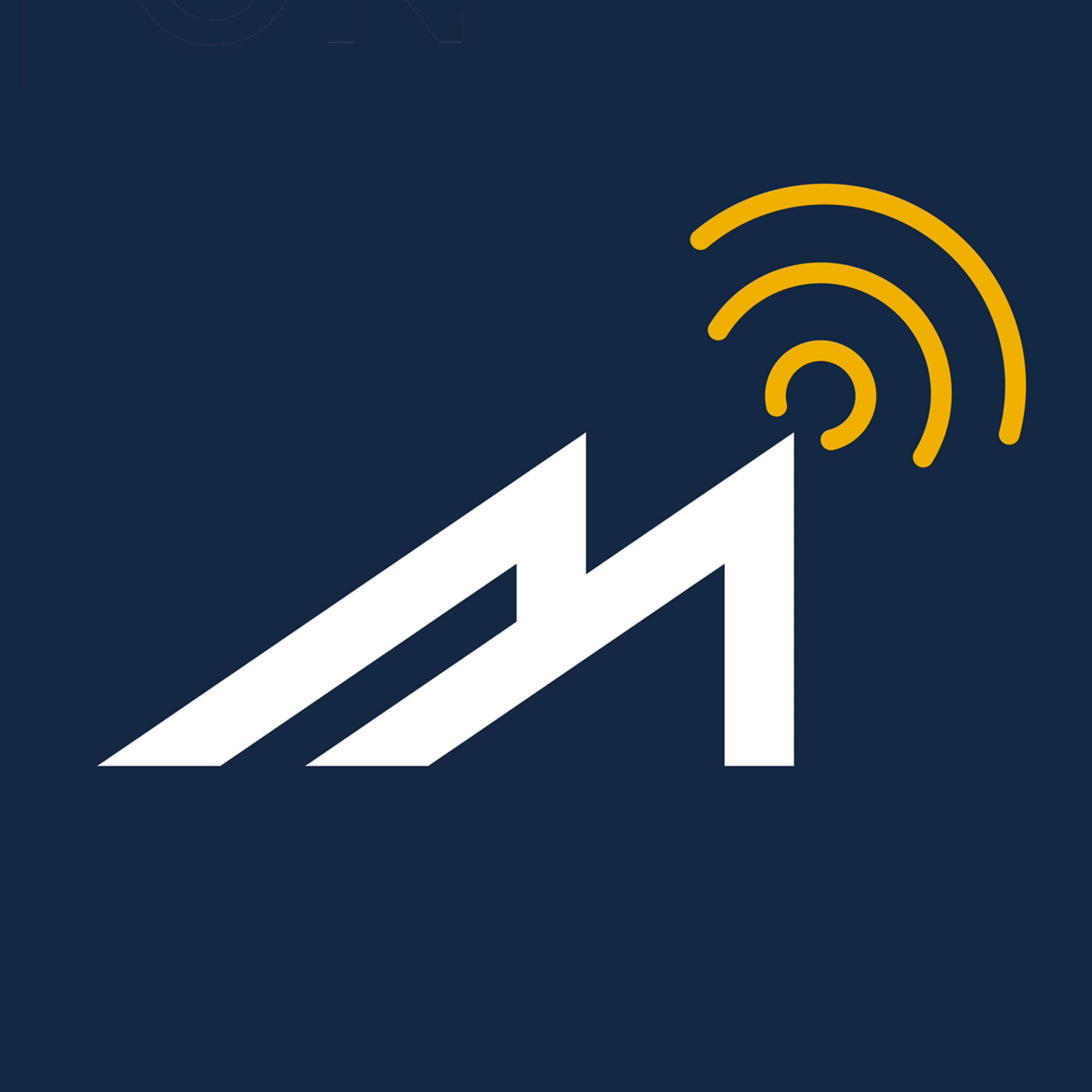

On this episode of LED Talk with PixelFLEX, host Tyler Kern sat down with chief marketing officer David Venus and director of sales Will Dickey to discuss five factors that significantly affect the price of implementing an LED solution, and why a client should be educated on all five to deliver the best solution possible. Componentry: Dickey discussed the options available in LED components, including chips, wiring, and power supply, and how they affect cost. Pixel Pitch and Distance of Viewers: How an LED screen is going to be used determines the solution, Venus said. “If viewers are far away, you can start to back down in resolution and still accomplish the same thing,” he said. “But if you have a screen at eye level in a corporate lobby, you need that higher pitch. And ultimately, the pixel pitch will affect the overall price. ” Installation and Rigging Variables: Screen mounting costs vary on the location and the LED’s primary use. Clients should be “really grasping what’s going to affect installation and how that can lead to costs later down the line if those things aren’t thought through,” Venus cautioned. Processing and Playback: Another factor can be processing and playback, which affect the cost as well, the two experts said. Content: Finally, content is a chief consideration because it’s the reason for an LED solution. “If it’s not high-quality content and you haven’t thought through what you’re trying to accomplish with that content, then at the end of the day I say, ‘Why did you even put that on the wall?’” Venus said.
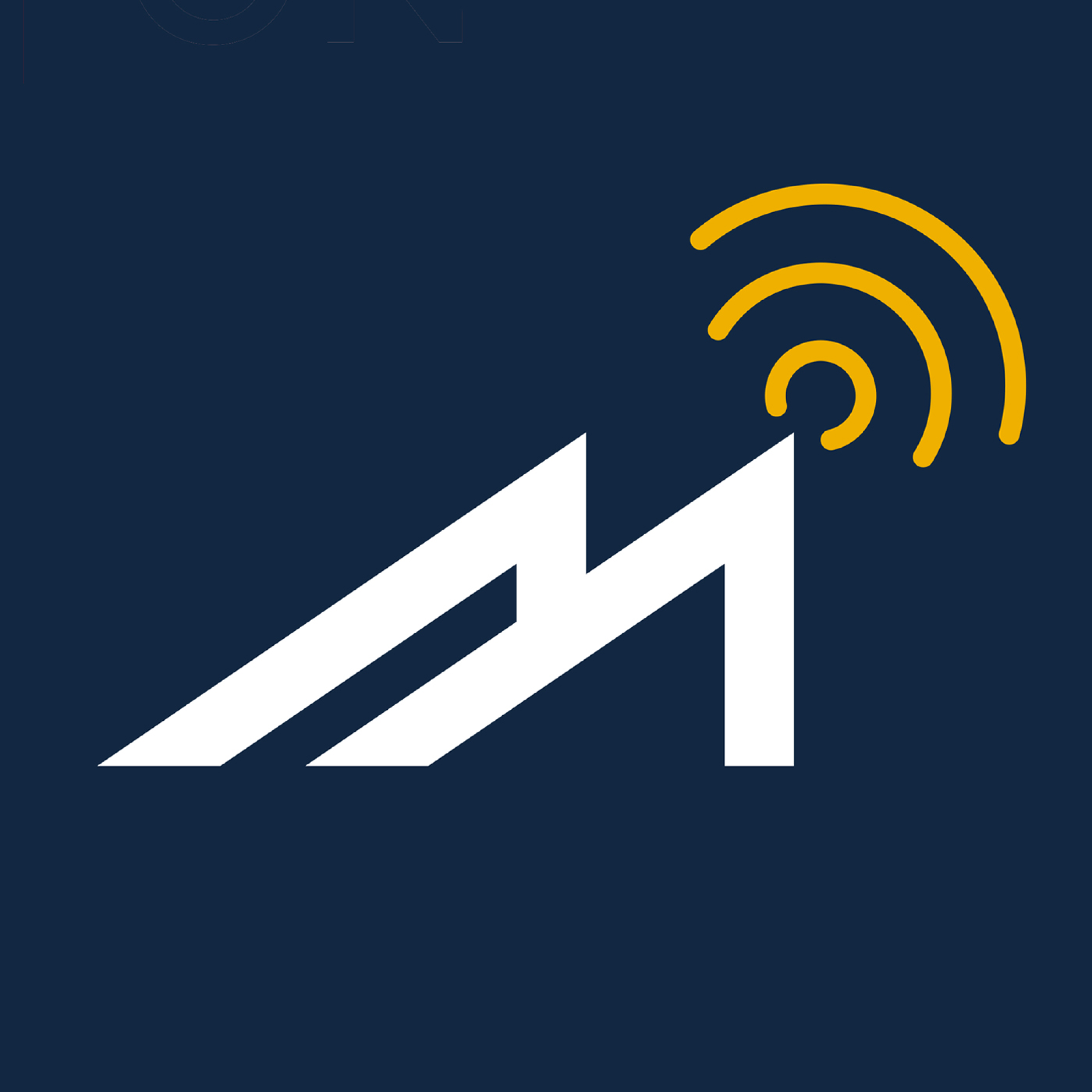

On today’s episode of PixelFLEX's LEDTalk, Tony Green, VP of Business Development for Snap Install, and David Venus, Chief Marketing Officer for PixelFLEX, give insight on the direction of the display industry and the road blocks that are making the market struggle. The two also dive into how pertinent the choices are that companies make regarding their digital signage, and how not only the tech but the content is what makes digital displays succeed. Proper training of installers and integrators is very important; both Venus and Green stress that understanding the ins and outs of the product beyond the install is crucial, and the bare minimum expectation from clients. Too many times have they seen display deals go south because the integrators don't know the technology like the back of their hand. Ideally, situations that arise on job sites are handled without the need to call tech support. The added advantage is that customers get the peace of mind that they are going to have a product that supports their need. LED tile design is another big factor in the success of a company’s digital signage, but each installation brings new unique challenges. “LED gives so much creative freedom, at times, you can find yourself in a predicament of how you are going to effectively mount your display to your surface,” Venus said. It is these types of potential issues that, if aware of at the outset, are better dealt with when they arise. The biggest takeaway is it that it's all about service and communication. Green and Venus recommend being upfront with the customer from the beginning and for partner companies to be in communication with the customer, and each other, so that the proper result of technology, application and content is accomplished.
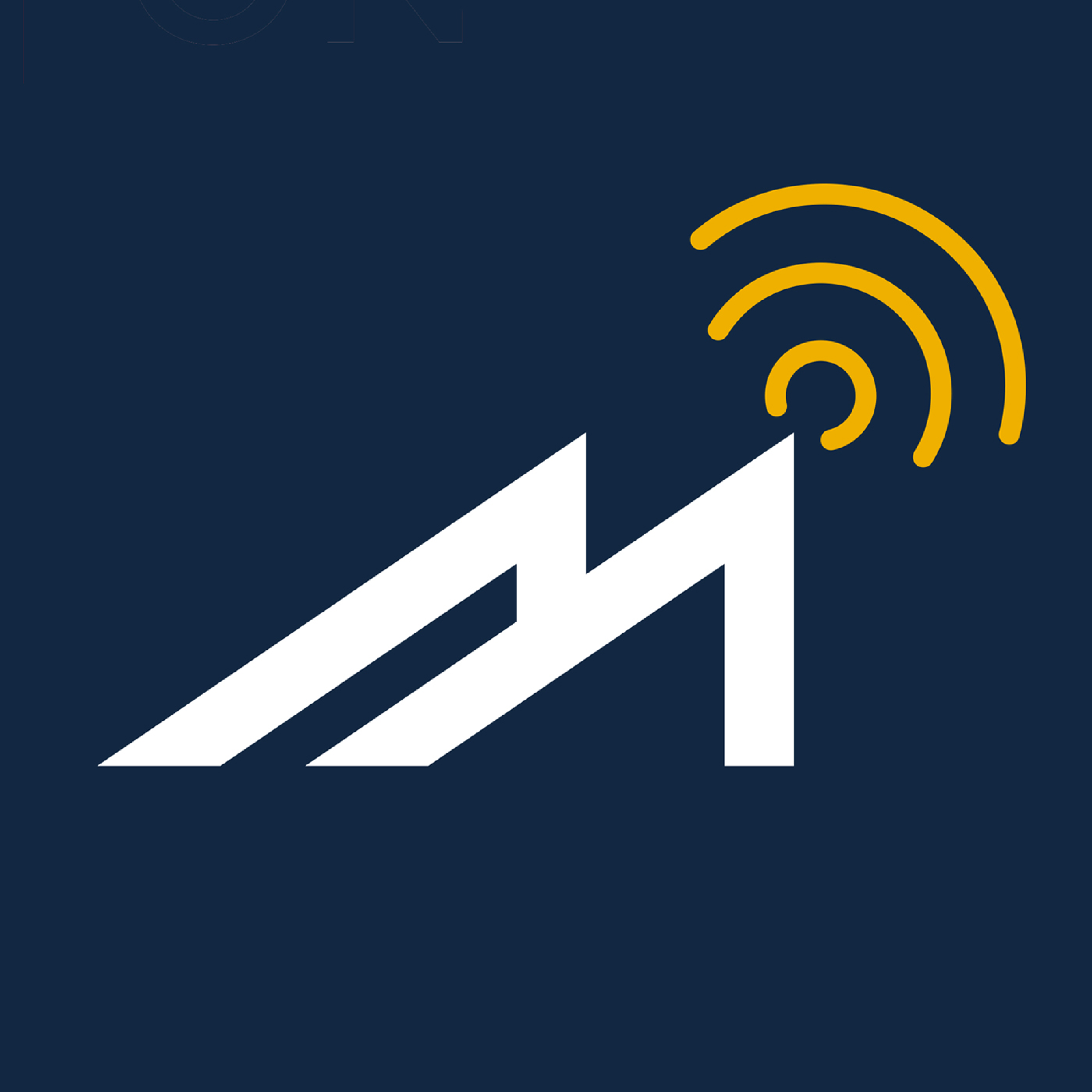

The trade show industry (and concert and events industry) can seem very open to the public, but there is a lot that goes on behind the scenes that can be very private, and things are getting more sophisticated as the years go on. Scott Karan, Chief Marketing Officer of Froggy’s Fog, a company that makes professional effects fluids for smoke, haze, fog, bubbles, and more, knows how to make a splash at a trade show. He joined the MarketScale podcast to discuss the benefits of using PixelFlex LED Screens at trade shows and events. Karan loves to not only design and sell these products (using booth-themed effects to do so) but he also enjoys documenting his behind-the-scenes journey with followers and fans. This upcoming week, Froggy Fog has a “massive haunted attraction show with lots of fog and atmosphere effects.” “About 75% of our clients have stemmed from that industry,” Karan said. The company must have a “huge presence and huge setup” as trade shows are its “main marketing effort” and how the brand started 15 years ago. He feels it is really pivotal to attend these shows, not only just to show consumers what is new and cutting edge, but to interact with the consumers. “Someone comes up to us just about at every show with a new way they’re using our product that we hadn’t thought about,” Karan said. “We were creating custom signage for each event and bannering a 20-by-40 booth can really add up." That’s all changed with PixelFLEX LED screens, which was a "no brainer" to be able to change that message, per show, up to the minute.”
